Get the latest Shekel news and expert insights delivered to your inbox
Shekel Blog
Retail
Industrial
HealthCare
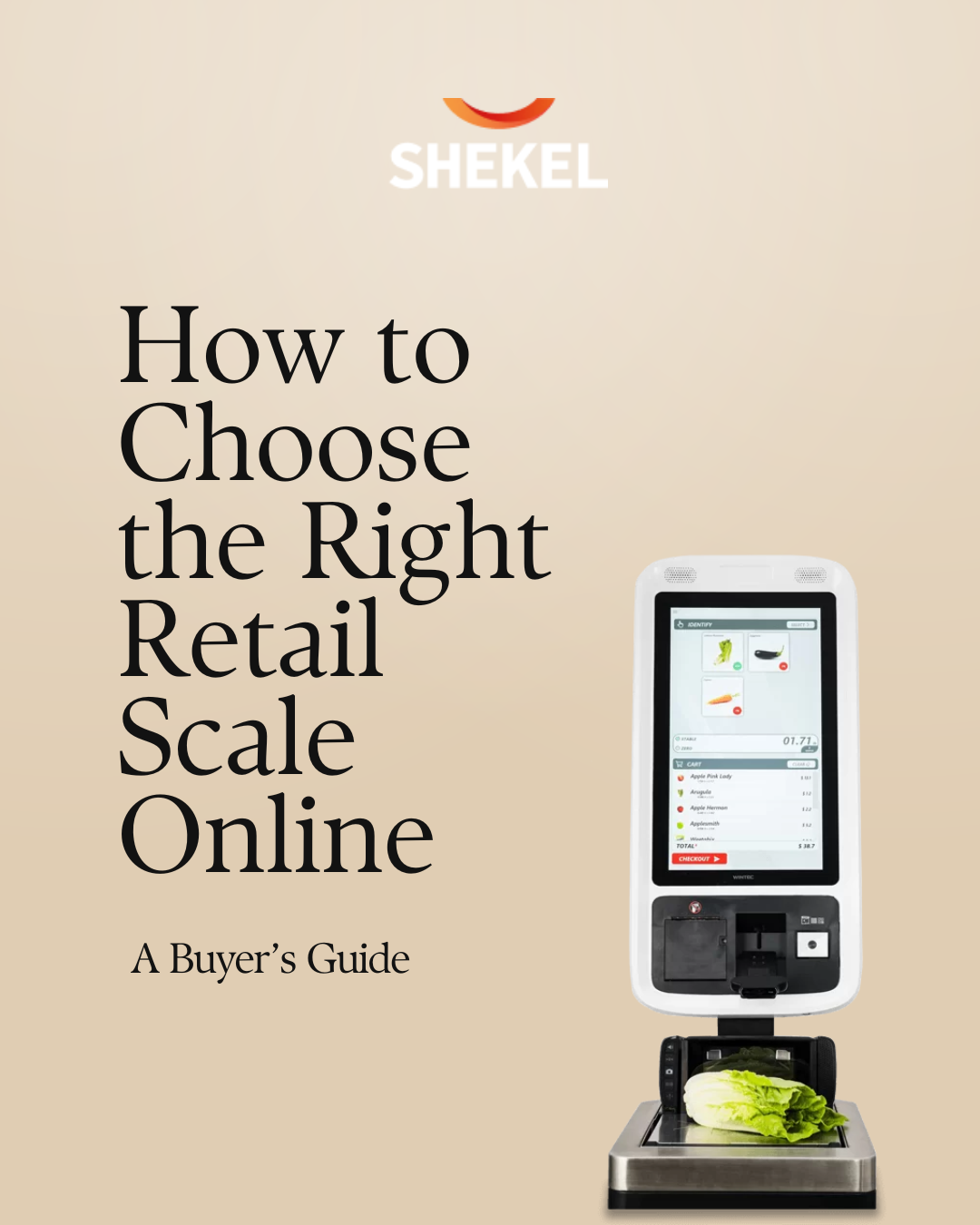
Retail
How to Choose the Right Retail Scale Online: A Buyer’s Guide

Retail
The Hidden Costs of Poor International Checkout Experiences (and How to Fix Them)
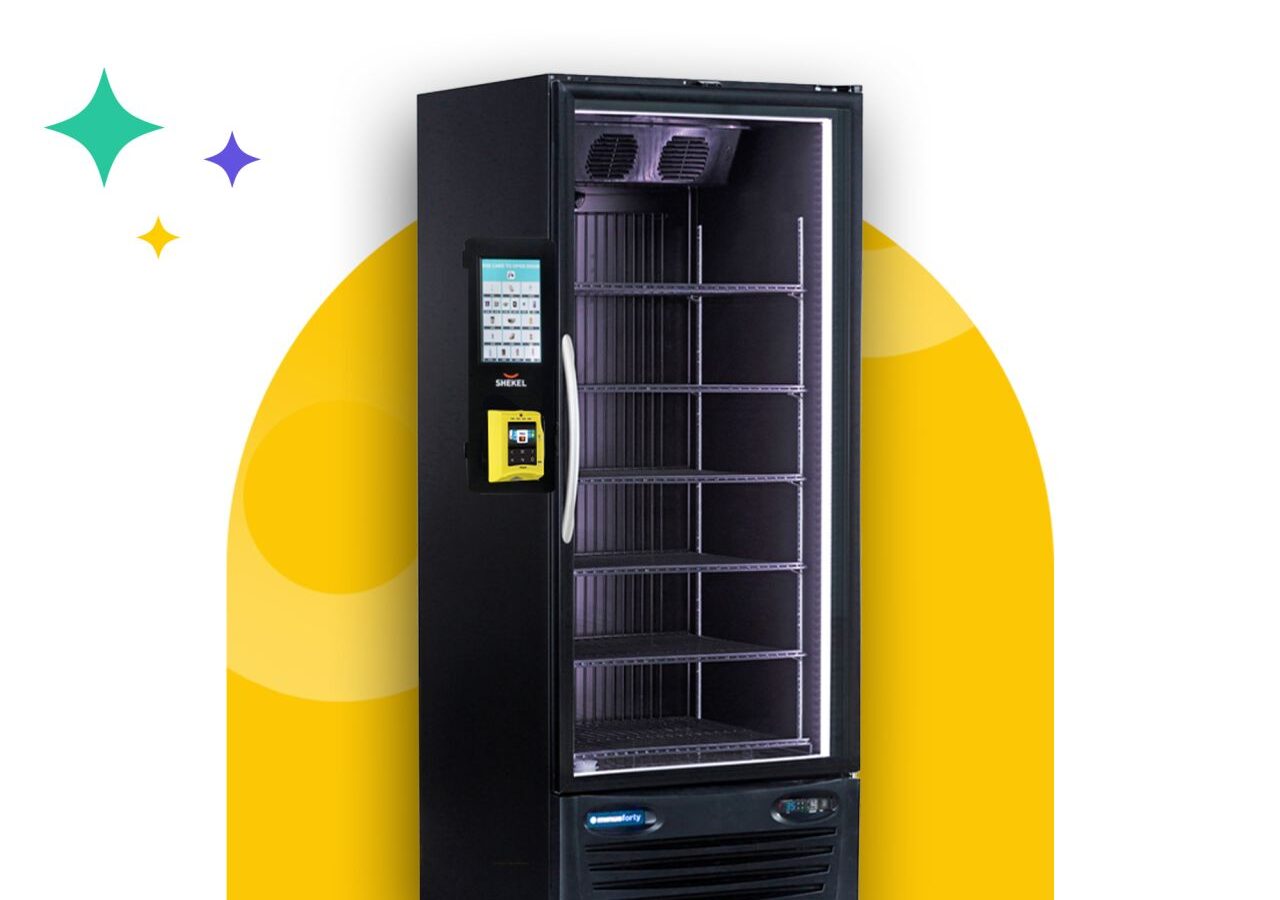
Retail
The Best Smart Coolers in 2025
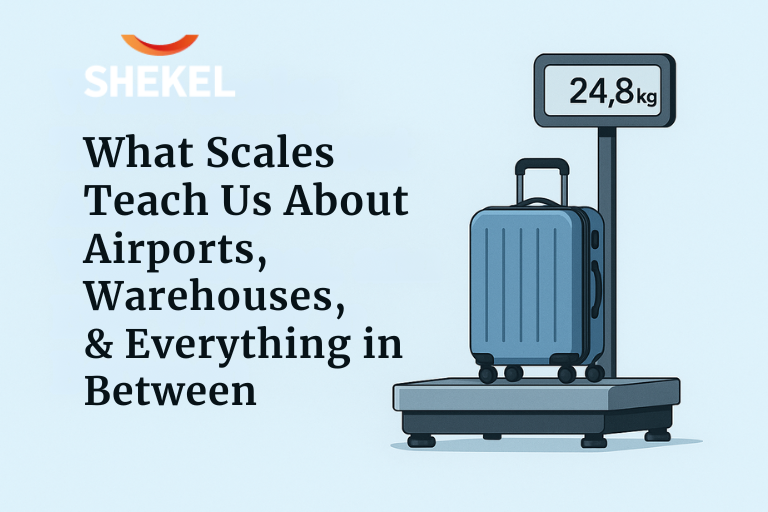
Industrial
What Scales Teach Us About Airports, Warehouses, and Everything in Between
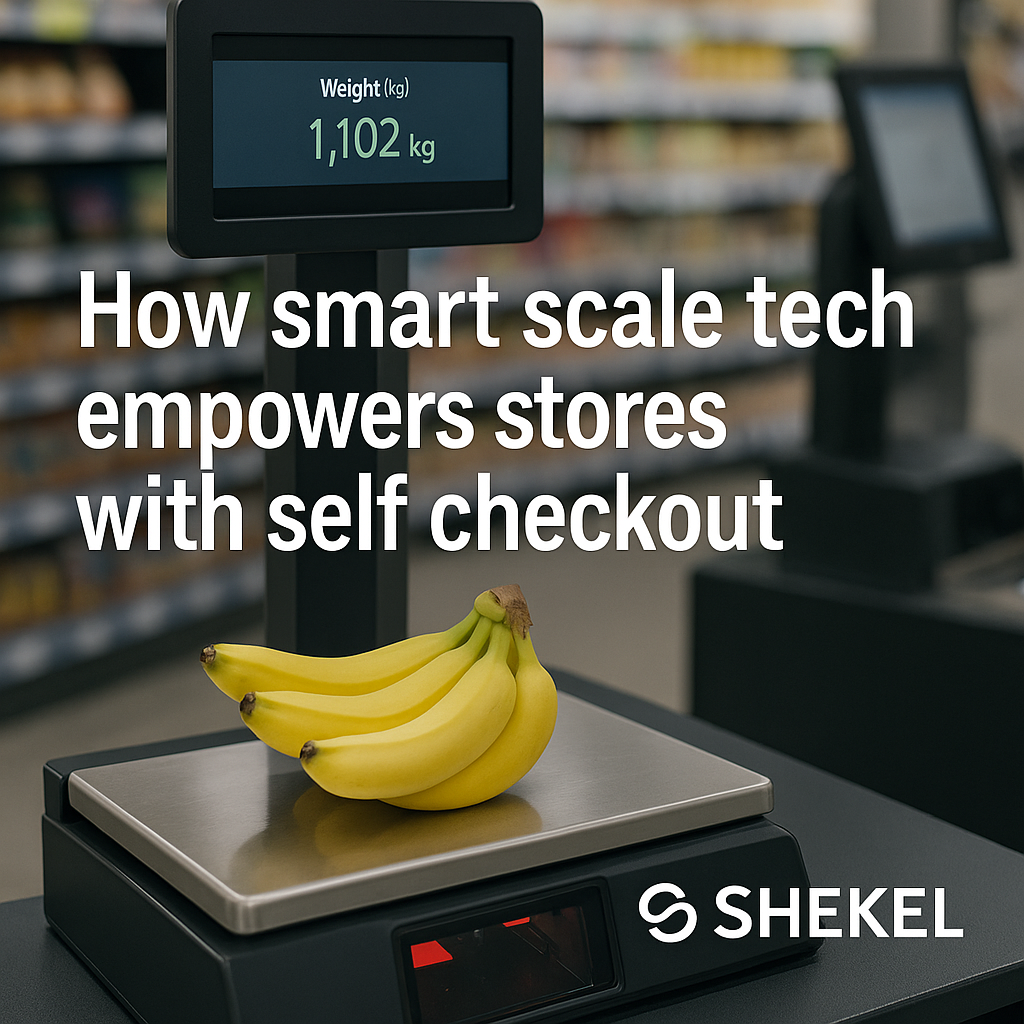
Retail
How Smart Scale Tech Empowers Stores with Self Checkout
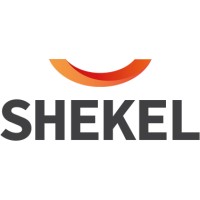
HealthCare
Why Choose Shekel's Electronic Scales?
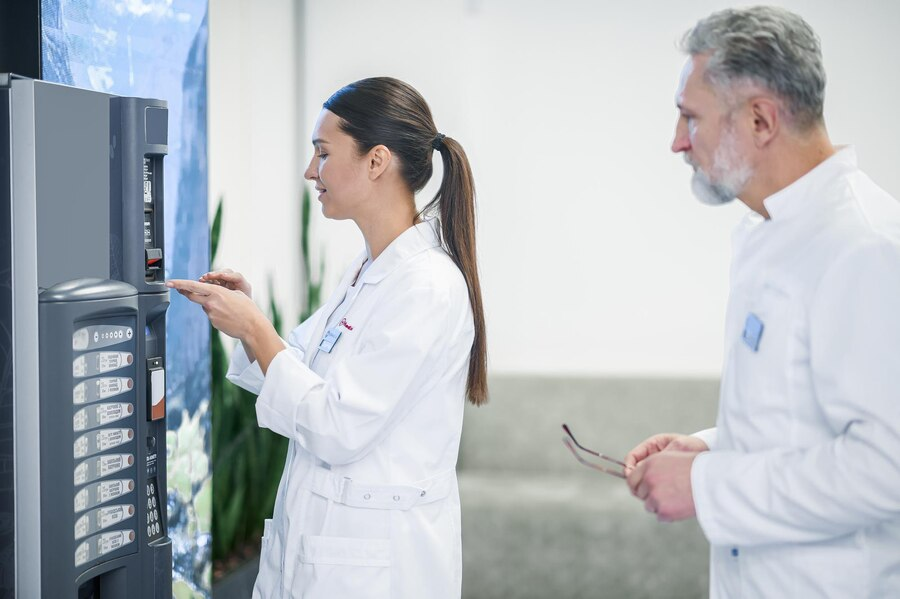
Retail
How to Maximize ROI with a Smart Vending Machine for Your Business
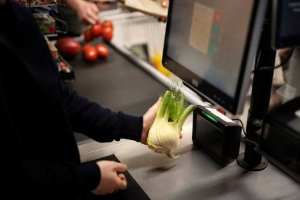
Retail
Weight-Based Product Recognition vs. Vision-Based Systems: A Comparative Analysis for Retail Innovation

Retail
The Evolution of the Electronic Weighing Scale: From Precision to AI-Powered Efficiency

Retail
5 Easy Ways to Turn Your Store Smart
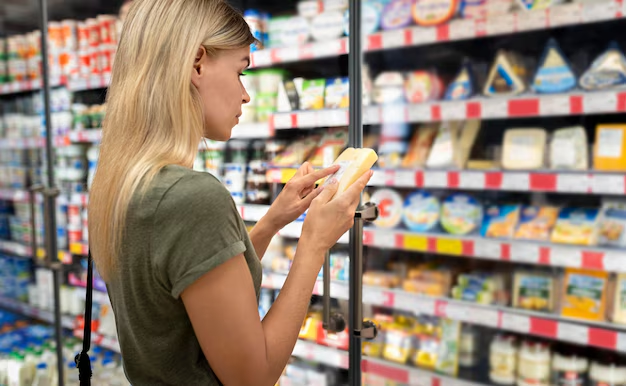
Retail
What is Shrinkage in Retail?
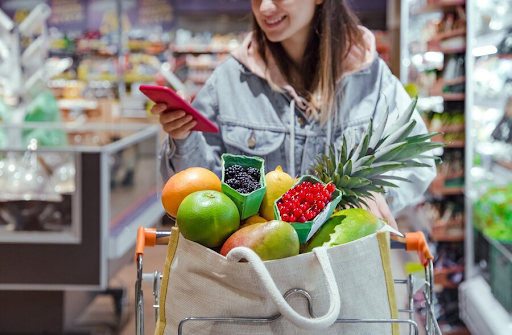
AI Carts: The New Norm
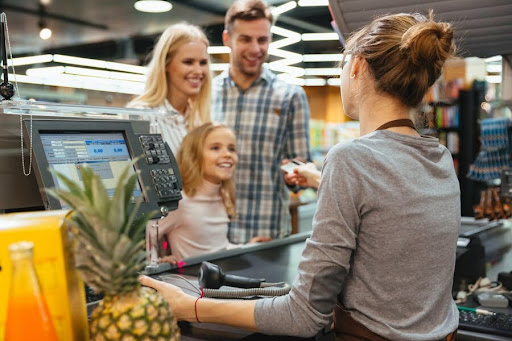
5 Common POS Errors Retailers Can Avoid (and How We Help)
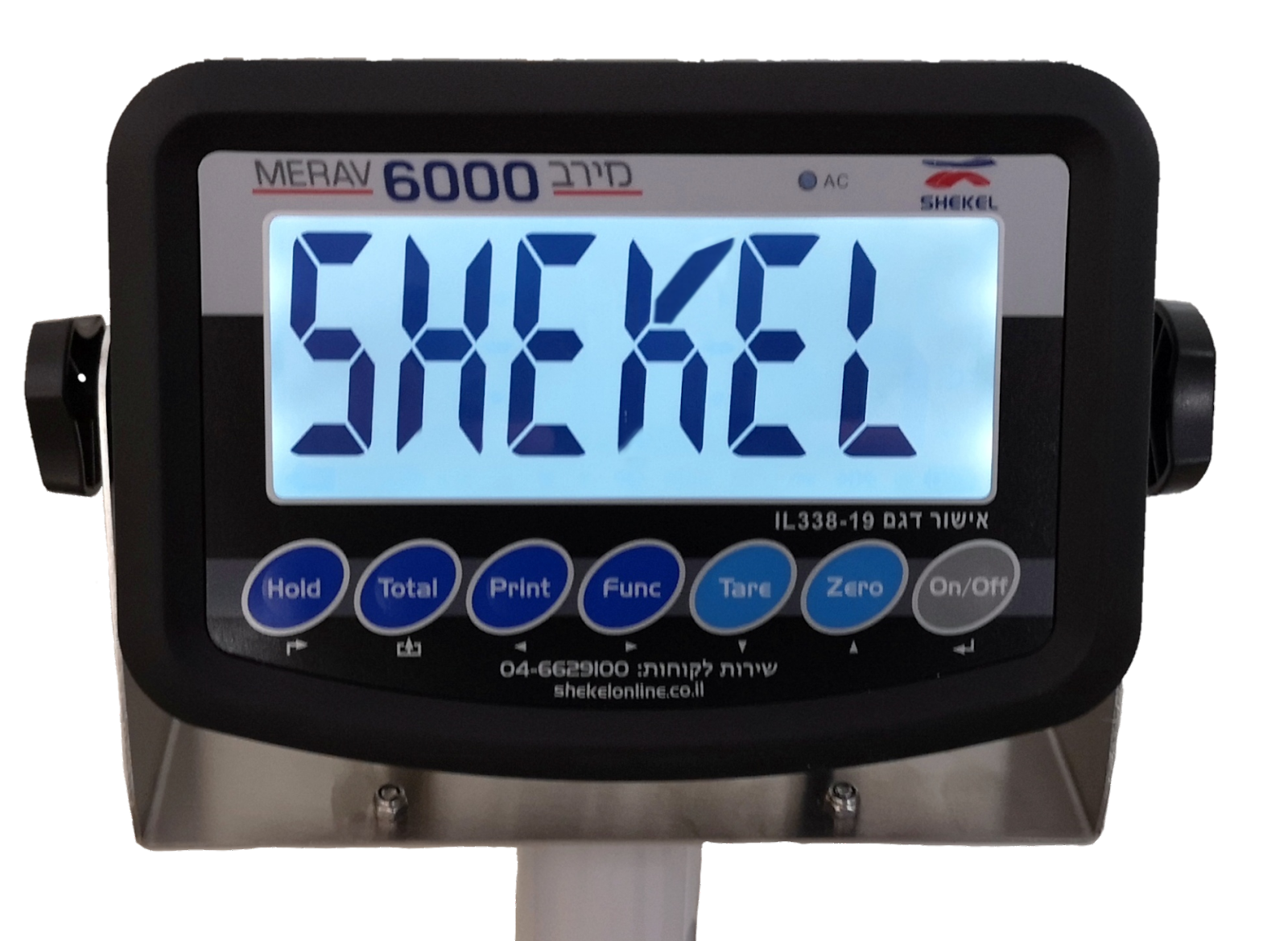
Digital Weighing Solutions: Scaling Accuracy Across Industries

Retail
Top 3 Reasons You Need an Innovendi Smart Vending Machine in Your Office

Retail
Boosting Fall Sales with Unattended Retail Solutions
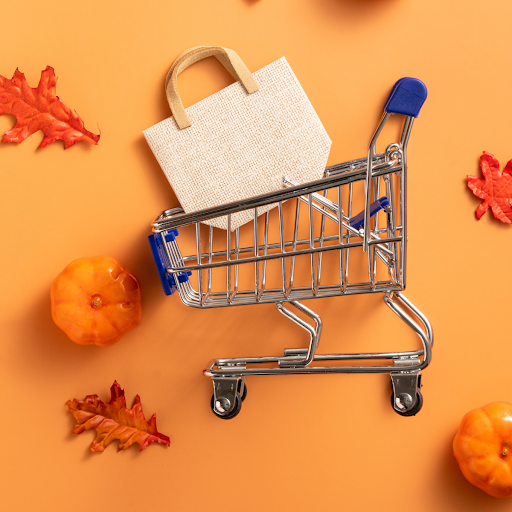
Retail
Smart Inventory Management: Preparing Retailers for the Fall

Retail
The SC600 & SC950 Checkout Solutions: Ensuring Accuracy and Compliance in High-Traffic Retail Environments

Retail
Maximizing Retail Space Efficiency: The Impact of Scale-Up Bay on Product Presentation

Retail
Optimizing Supermarket Operations with Scale Scanners
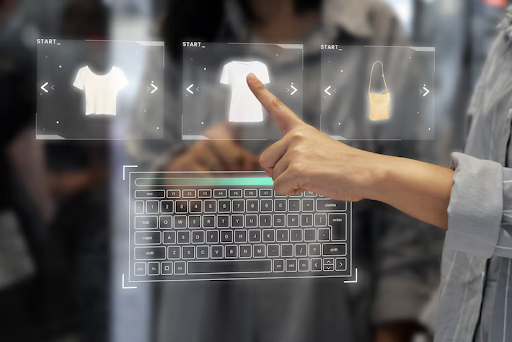
Retail
Understanding Frictionless Shopping: The Key to a Seamless Retail Experience
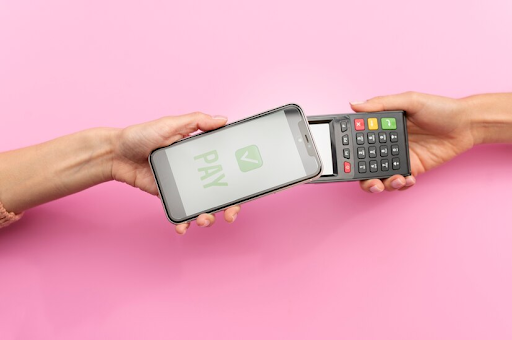
How to Choose the Right International Checkout for Your Business

Retail
How Smart Carts Are Revolutionizing Grocery Shopping
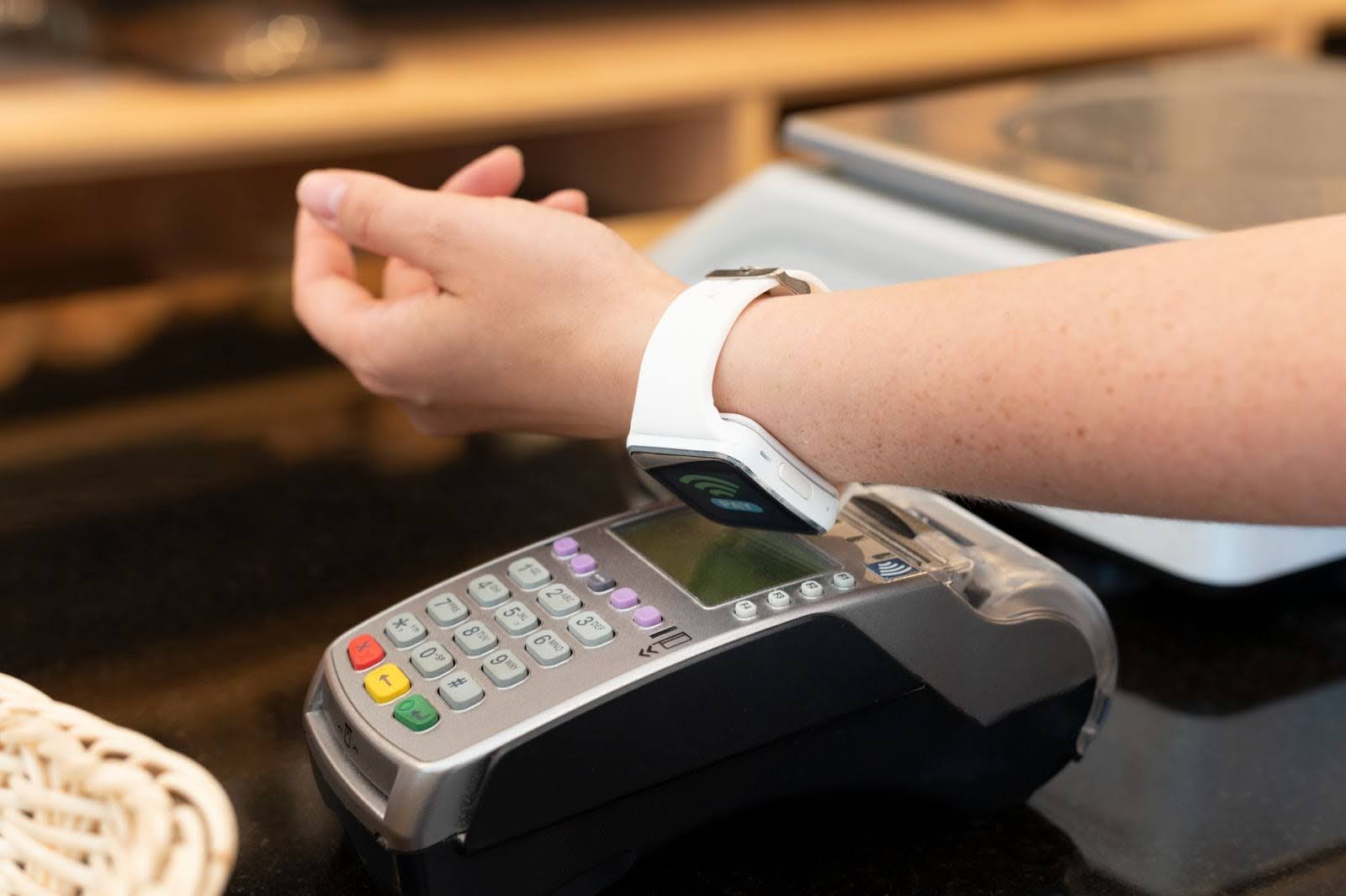
Retail
Top 3 Best Practices for Self-Checkout Retail Success
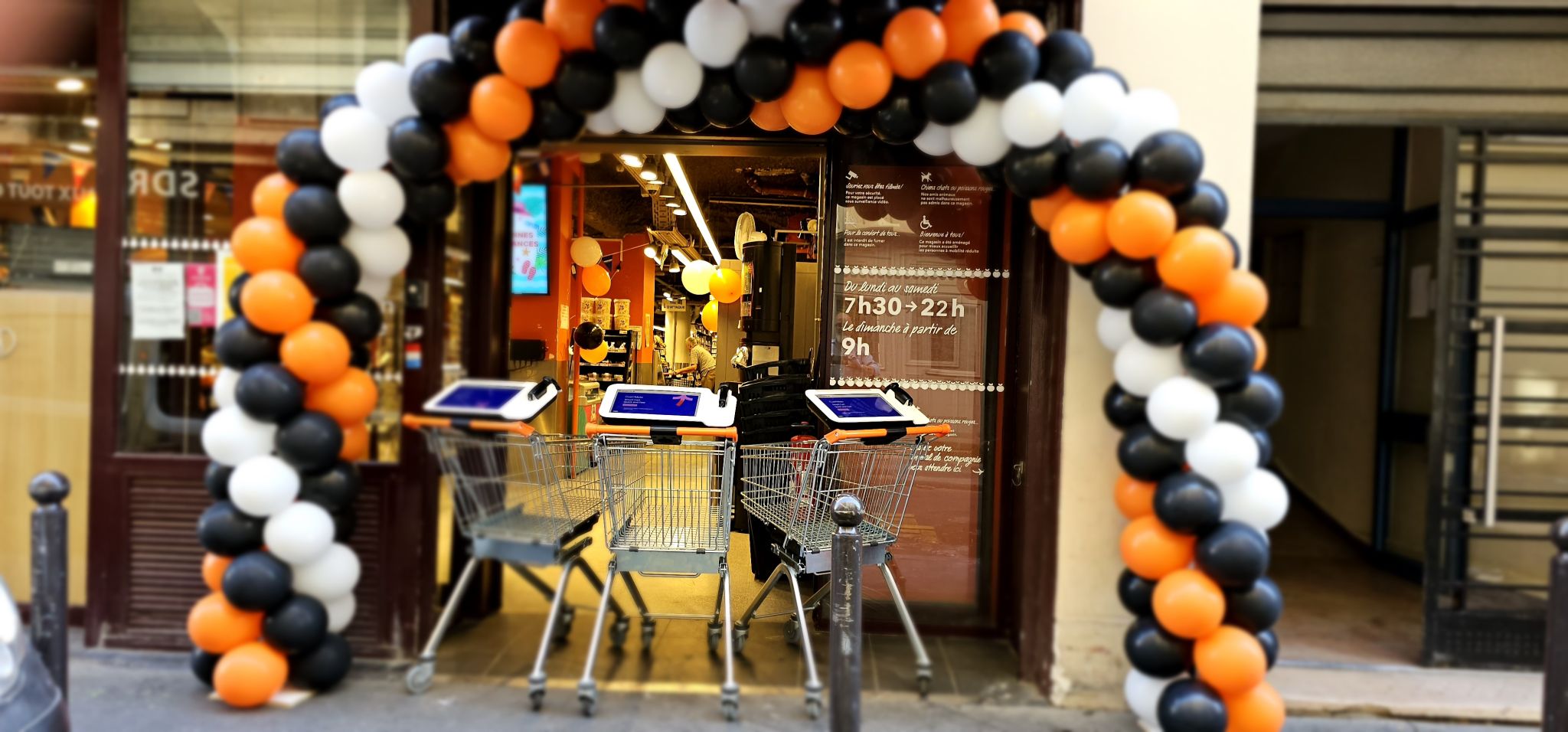
Retail
Why Customer Journey Touchpoints Matter: Strategies for Success
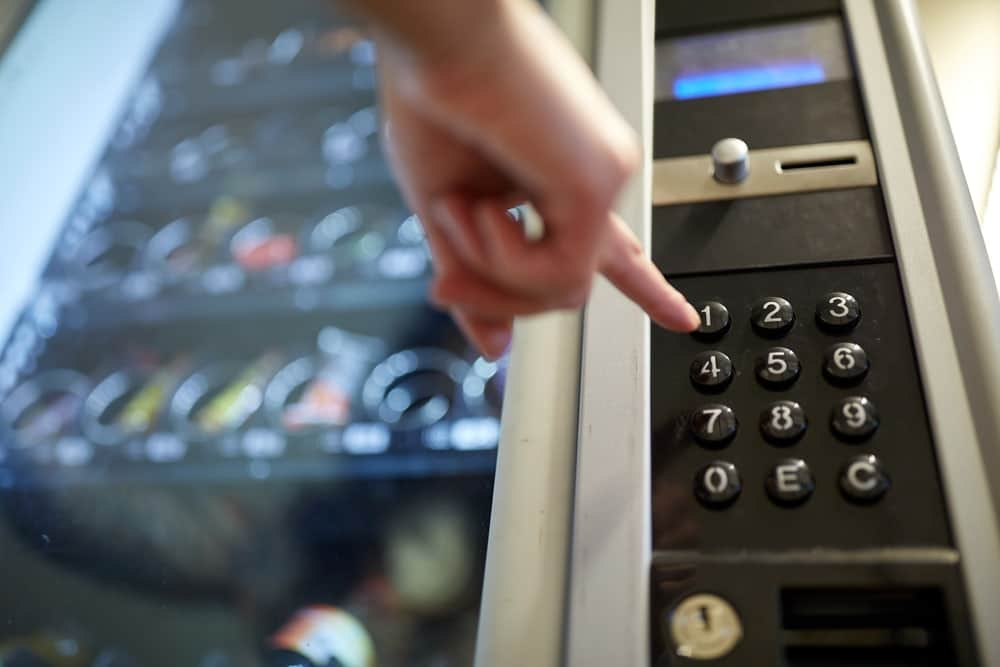
Retail
How to Choose Smart Vending Machines Based on Demographic Insights

Retail
How Advanced Weighing Systems Can Eliminate Common Retail Errors

Retail
How to Identify When Your Vending Machine Needs a Tech Upgrade

Retail
How to Effectively Train Your Team on New Retail Technologies
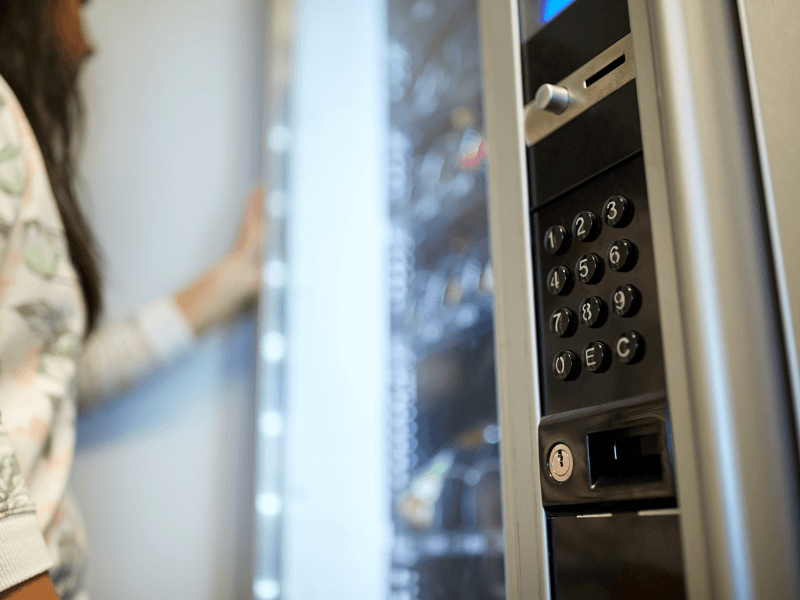
Retail
The Role of Cooler Shelves in Modern Shopping Experiences

Retail
How to Use Customer Feedback to Improve Retail Operations
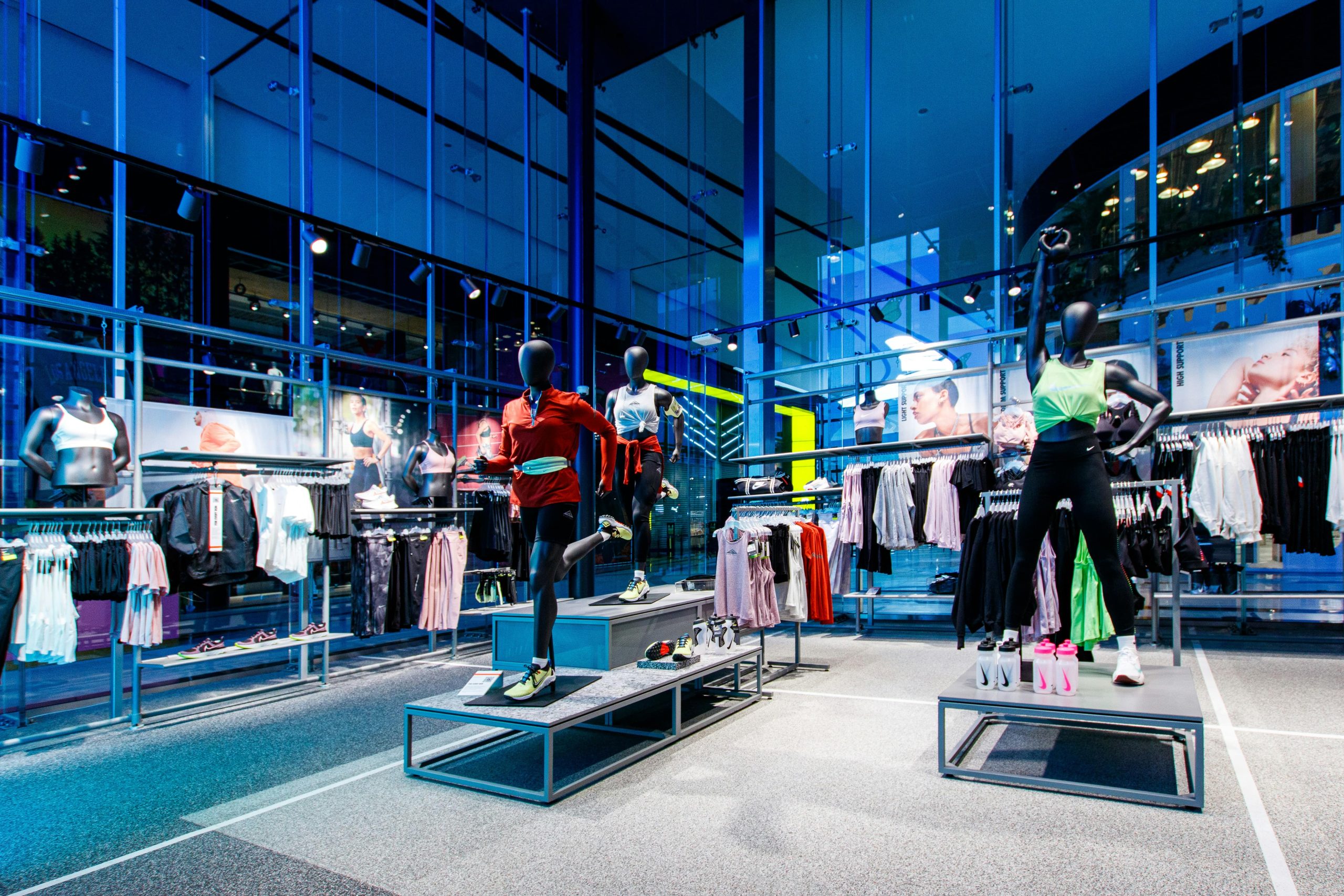
Retail
Empowering Unattended Retail with Smart Technology
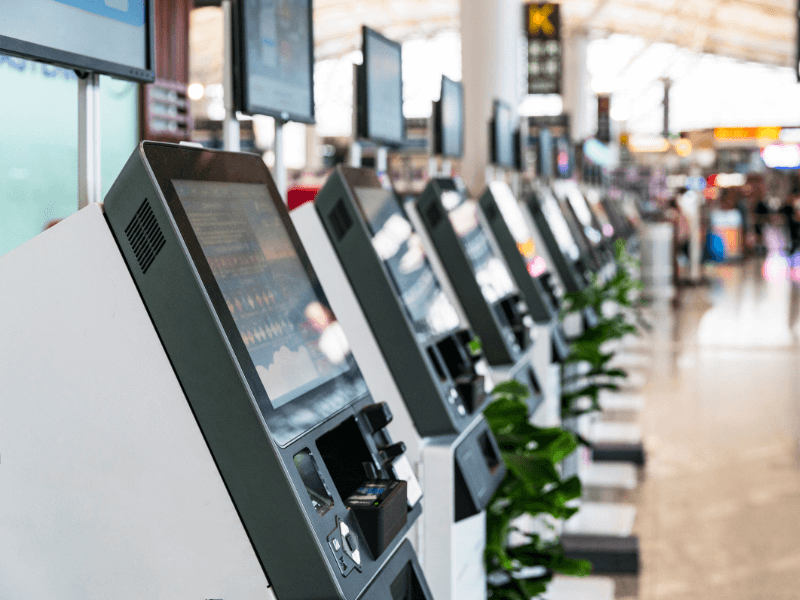
Retail
Navigating Common Retail Hurdles: Potential Checkout Problems and Solutions
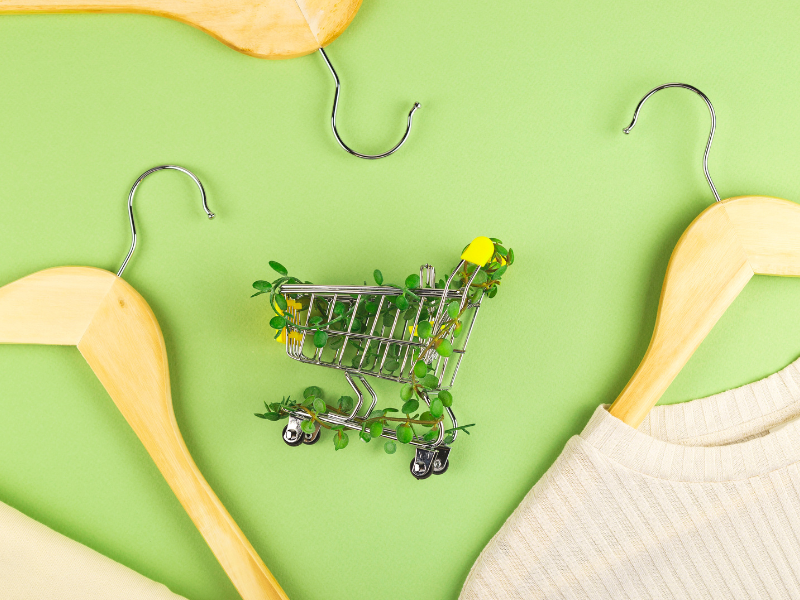
Retail
Beyond Convenience: The Environmental Benefits of Smart Shop Cart Solutions
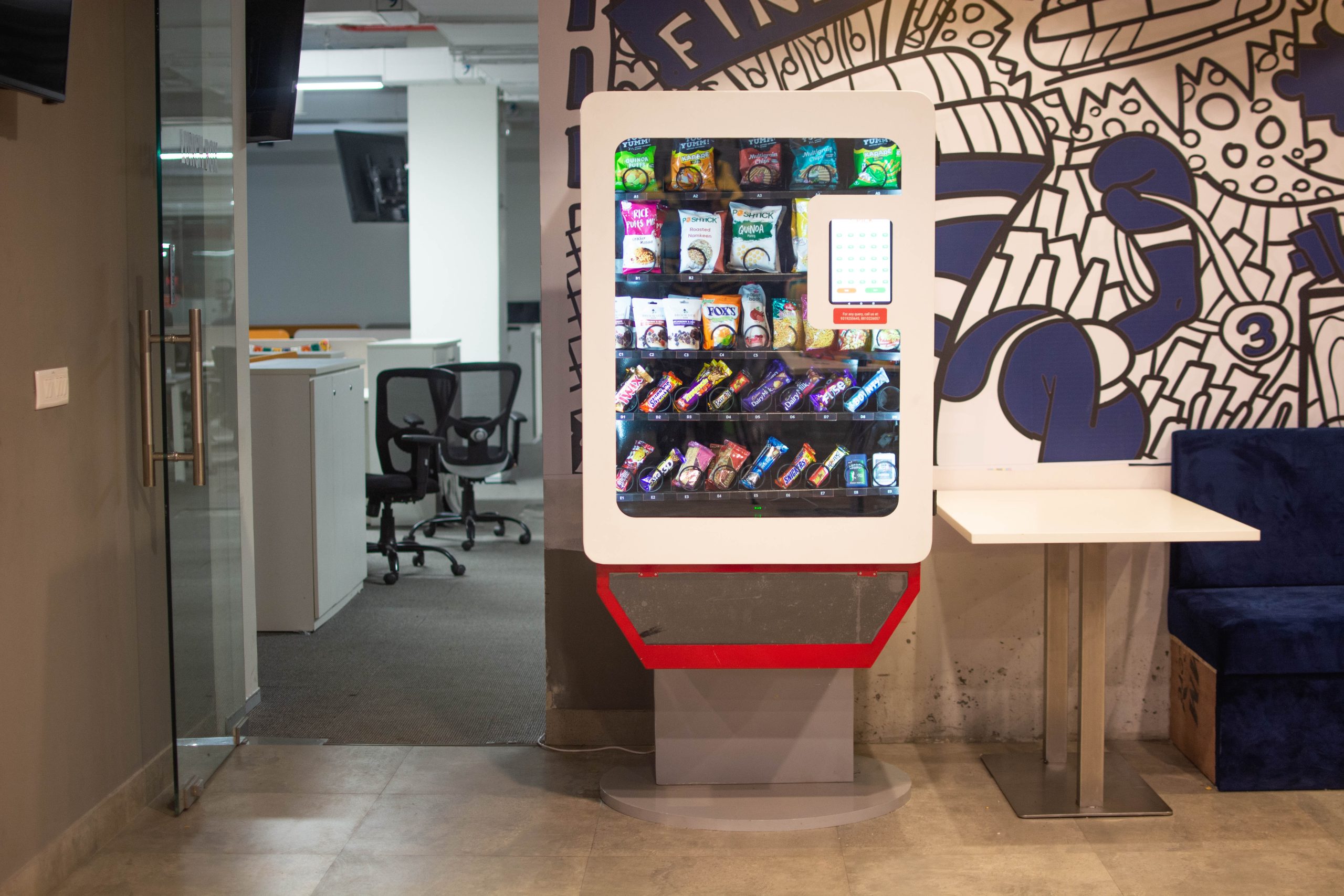
Retail
10 Hotspots You Should Consider for Your Smart Vending Machines
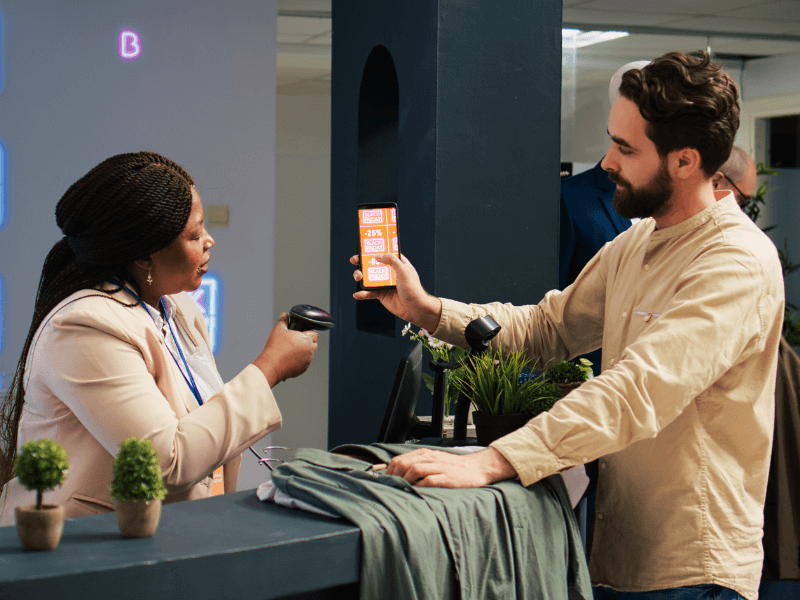
Retail
Building Brand Loyalty with Smart Retail Technology
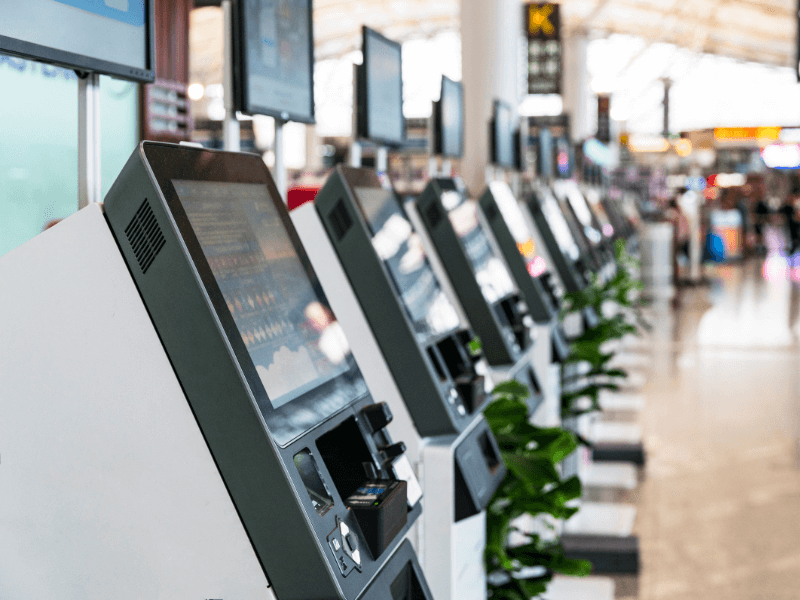
Retail
Addressing Customer Resistance: Enhancing Adoption of Self-Checkout Kiosk
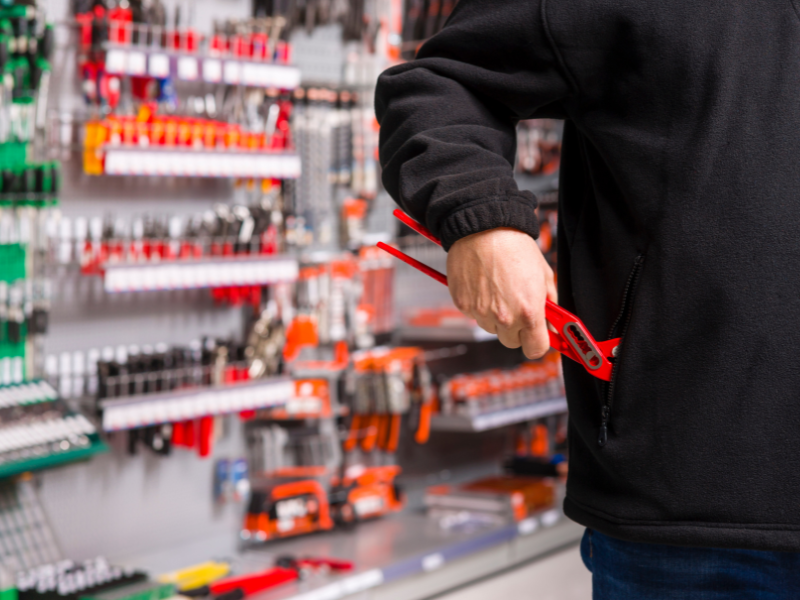
Retail
The Role of Technology in Combatting Retail Shrinkage
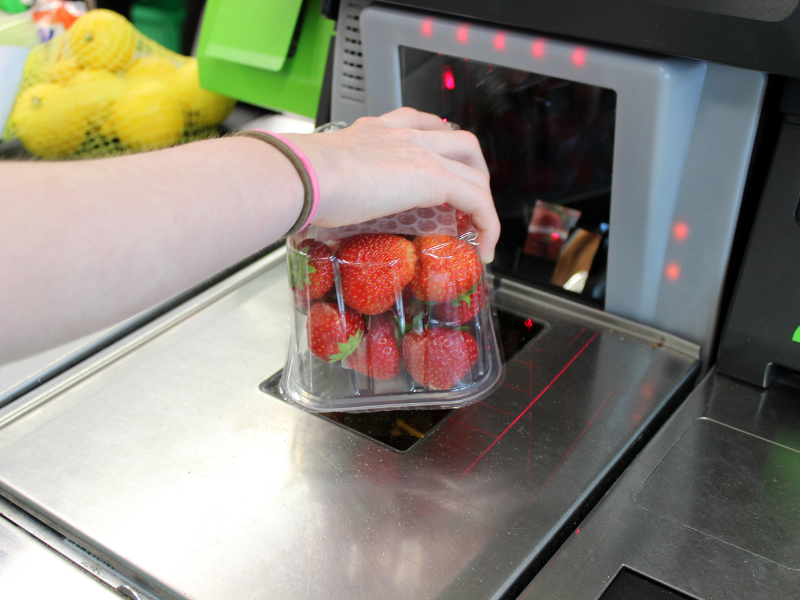
Retail
Self-Checkout Solutions in Different Retail Environments

Retail
Overcoming Challenges in Implementing Frictionless Retail Solutions
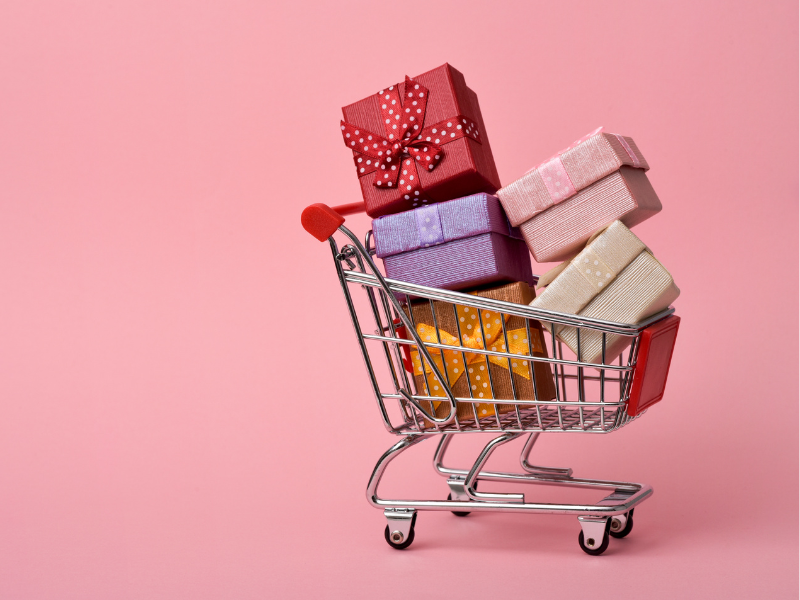
Retail
Retail Store Carts: Traditional vs Shopping Smart Carts

Retail
Retail Tech Trends to Watch in 2024

HealthCare
How Medical Weighing Scales Can Help Monitor Patient Health

Retail
How Our Tech Can Help You Prepare for Peak Retail Returns Season

Retail
How to Develop a Competitive Retail Customer Experience Strategy

Retail
New Year, New Look: Navigating a Successful Retail Reset
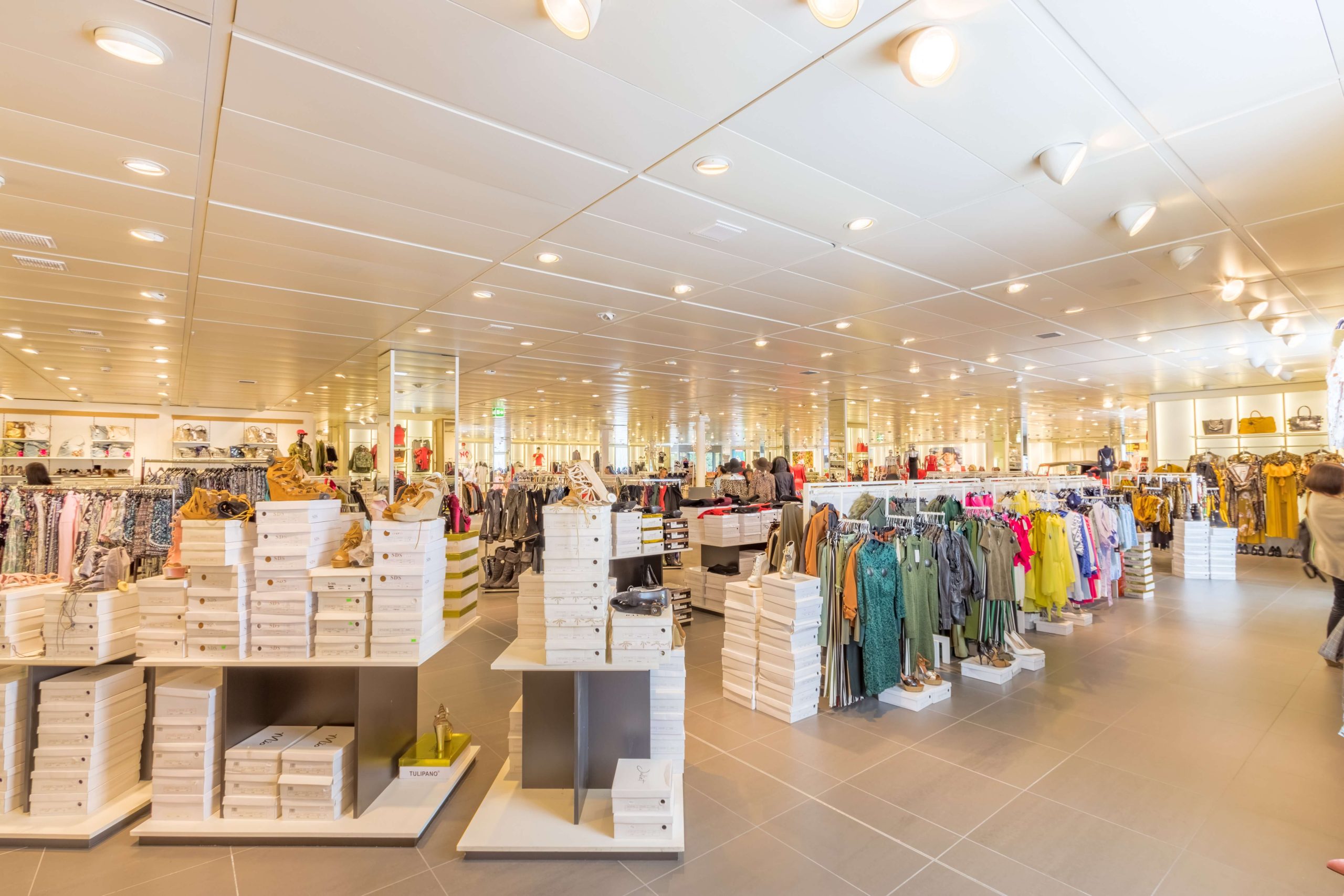
Retail
7 Innovative Approaches to Sustain Physical Retail in the Digital Age

Retail
The Role of Smart Scales in Retail's Dynamic Future Landscape
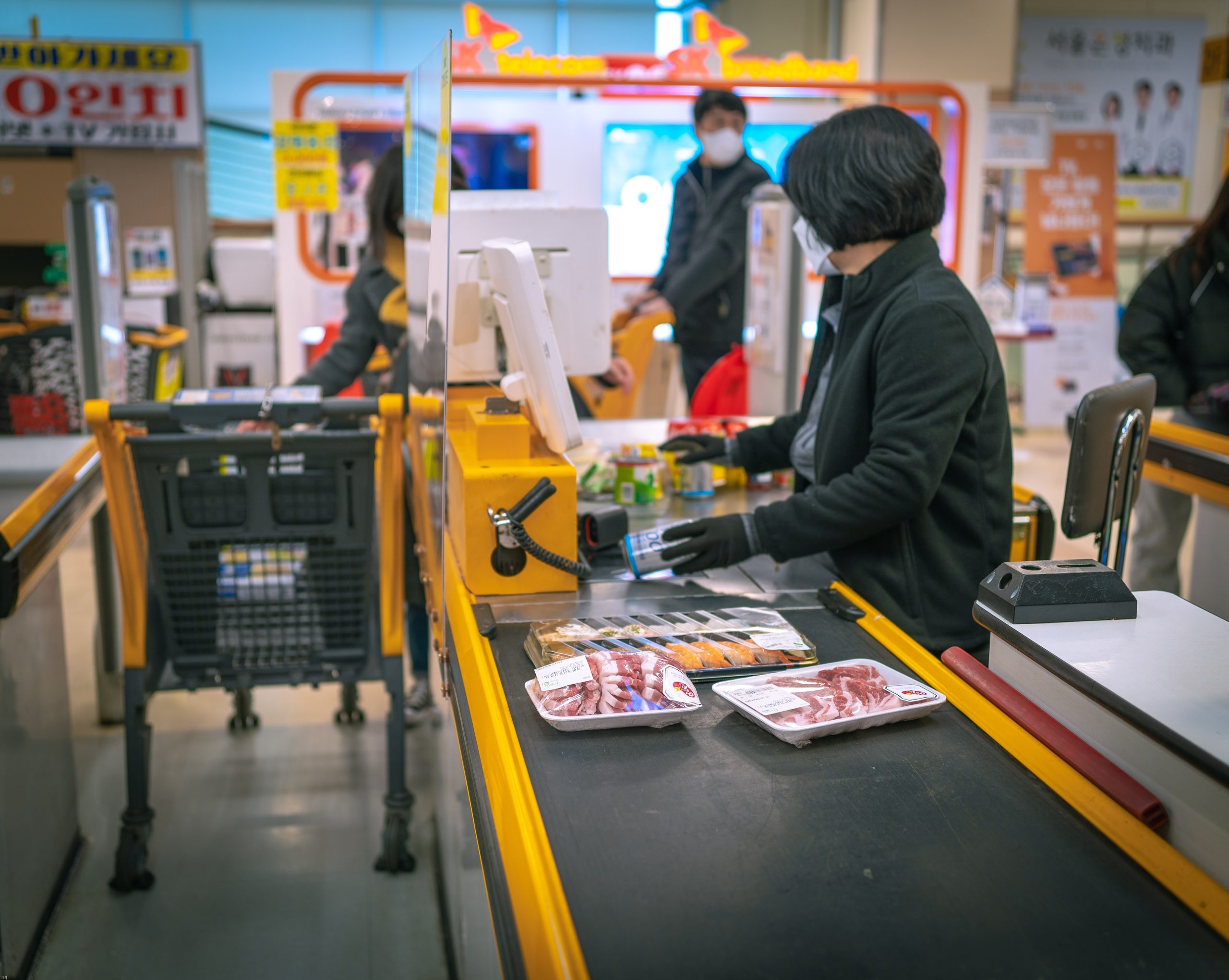
Retail
Differentiating Your Retail Business with Our Smart Scales

Retail
Maximizing Your Investment: How Ongoing Training Boosts Smart Scale Utilization

Retail
How Our Smart Scales Meet Retail Industry Standards

Retail
Sustainable Savings: How Our Smart Scales Contribute to Eco-Friendly Retailing
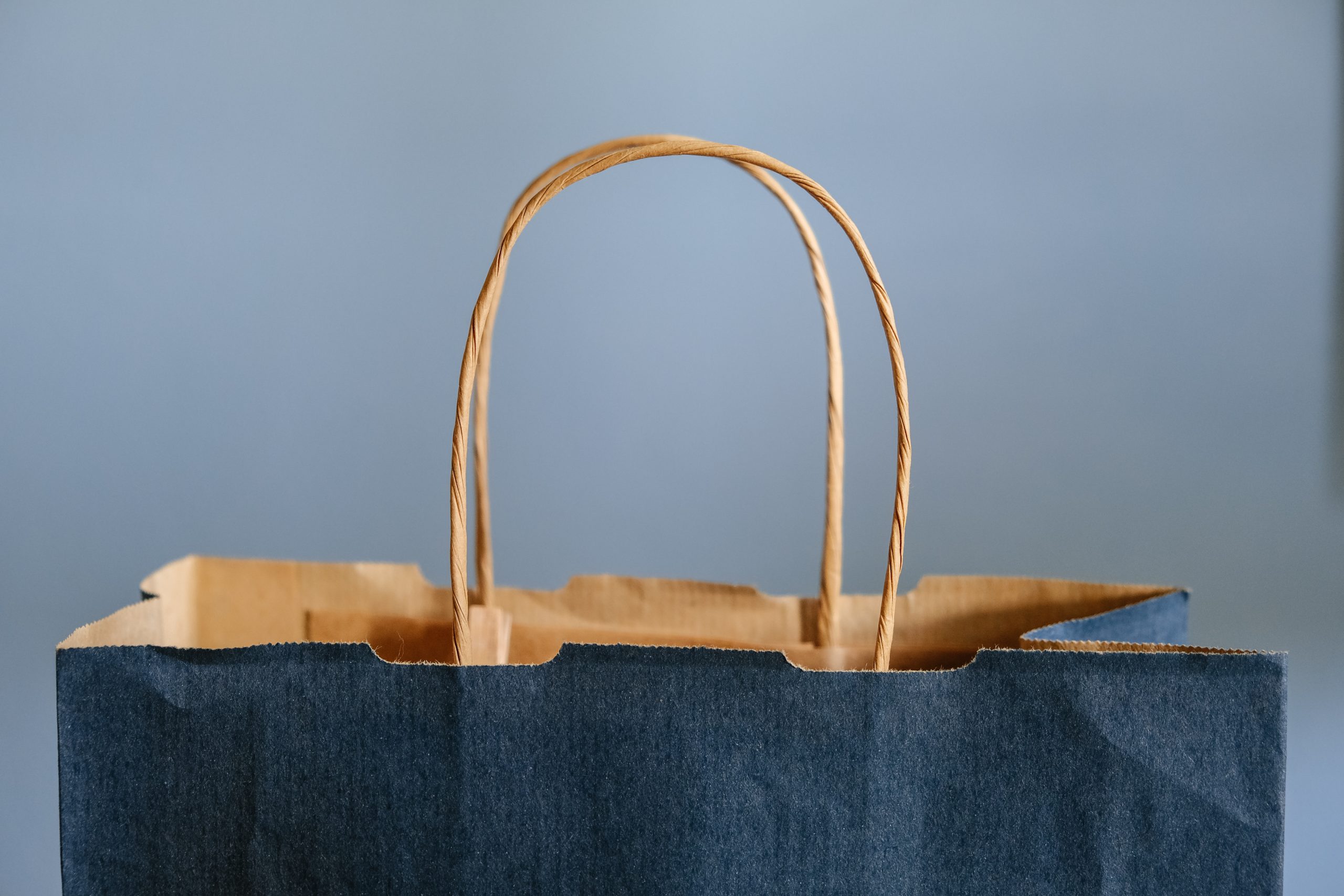
Retail
Maintaining Peak Performance: How to Keep Your Retail Weighing Scales in Top Shape

Retail
How to Increase Conversion Rates in Retail Stores

Why Tech-Driven In-Store Experiences Are an Essential Investment for Every Retailer

HealthCare
7 Trends Shaping Healthcare in 2023

Retail
Optimizing the Checkout Process: Why Long Wait Lines Cost You Sales
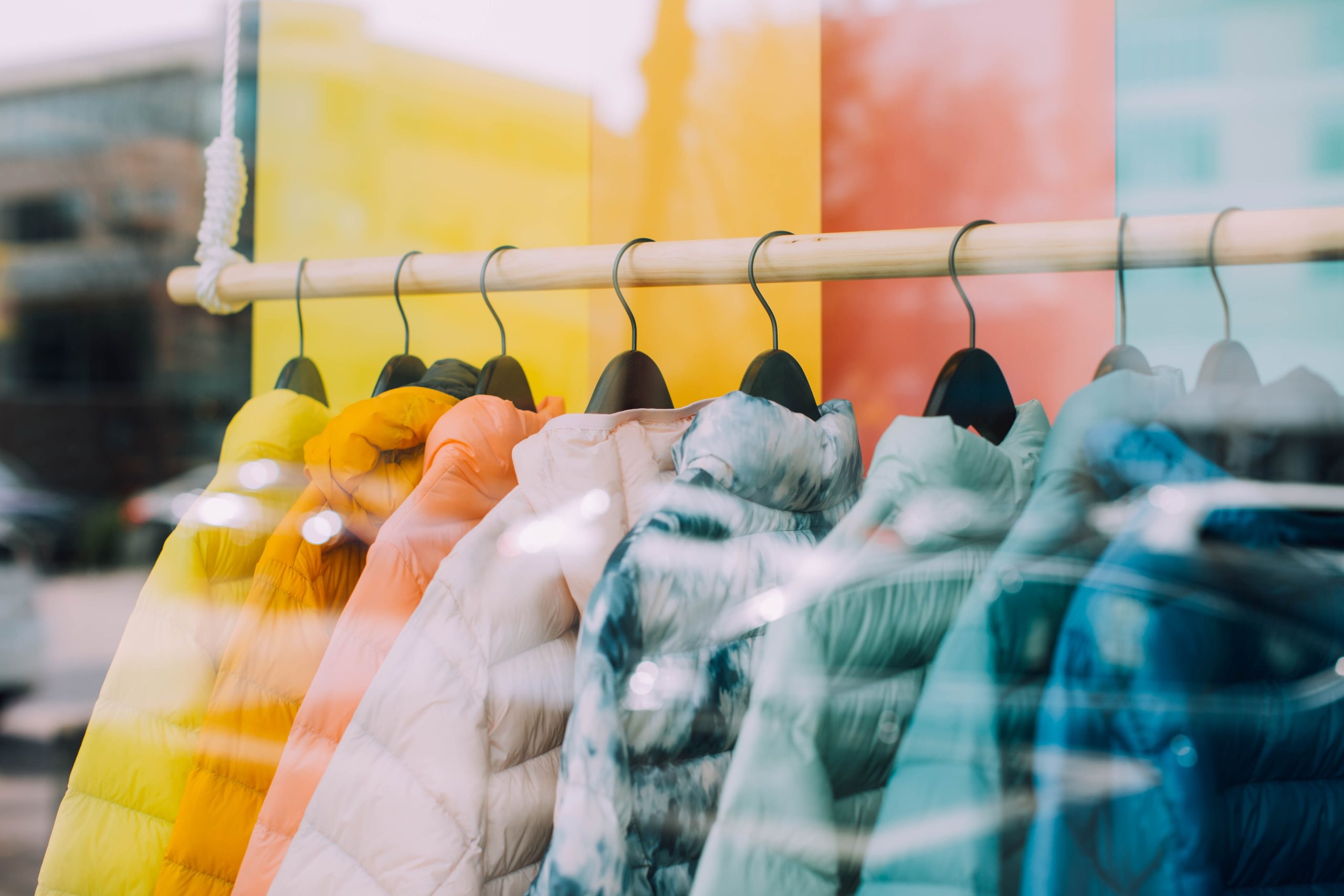
Retail
What is the Value of Personalization in Retail?

Retail
Retail Inventory Shortages: Understanding the Causes and Finding Solutions

Retail
Understanding Employee Theft: How to Prevent Internal Theft from Your Employees With Self Checkout

Retail
Preventing Retail Accidents: Using A Smart Weigh Scale to Ensure Safe Shopping Environments
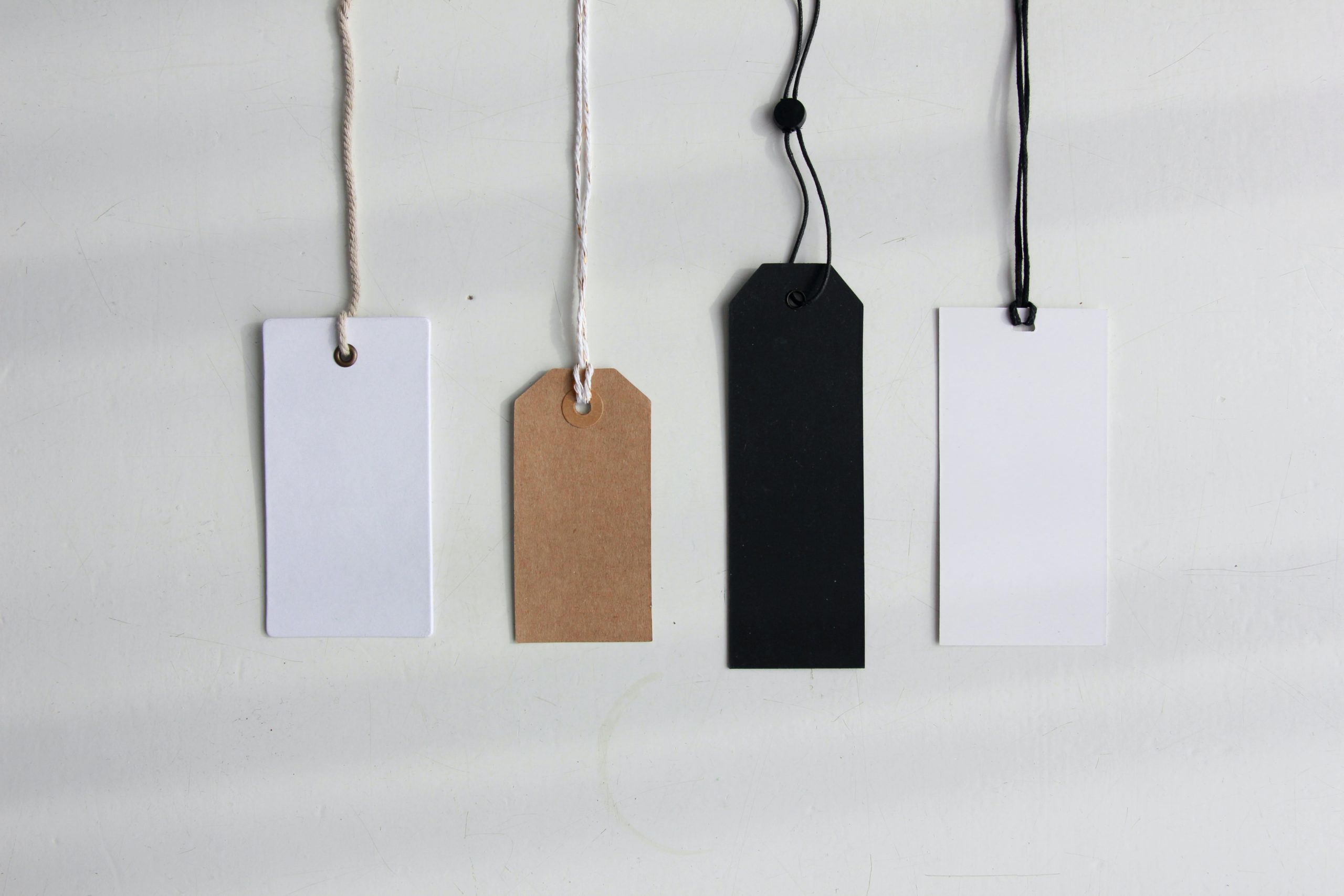
Retail
How AI Helps Retailers With Price Optimization Strategies
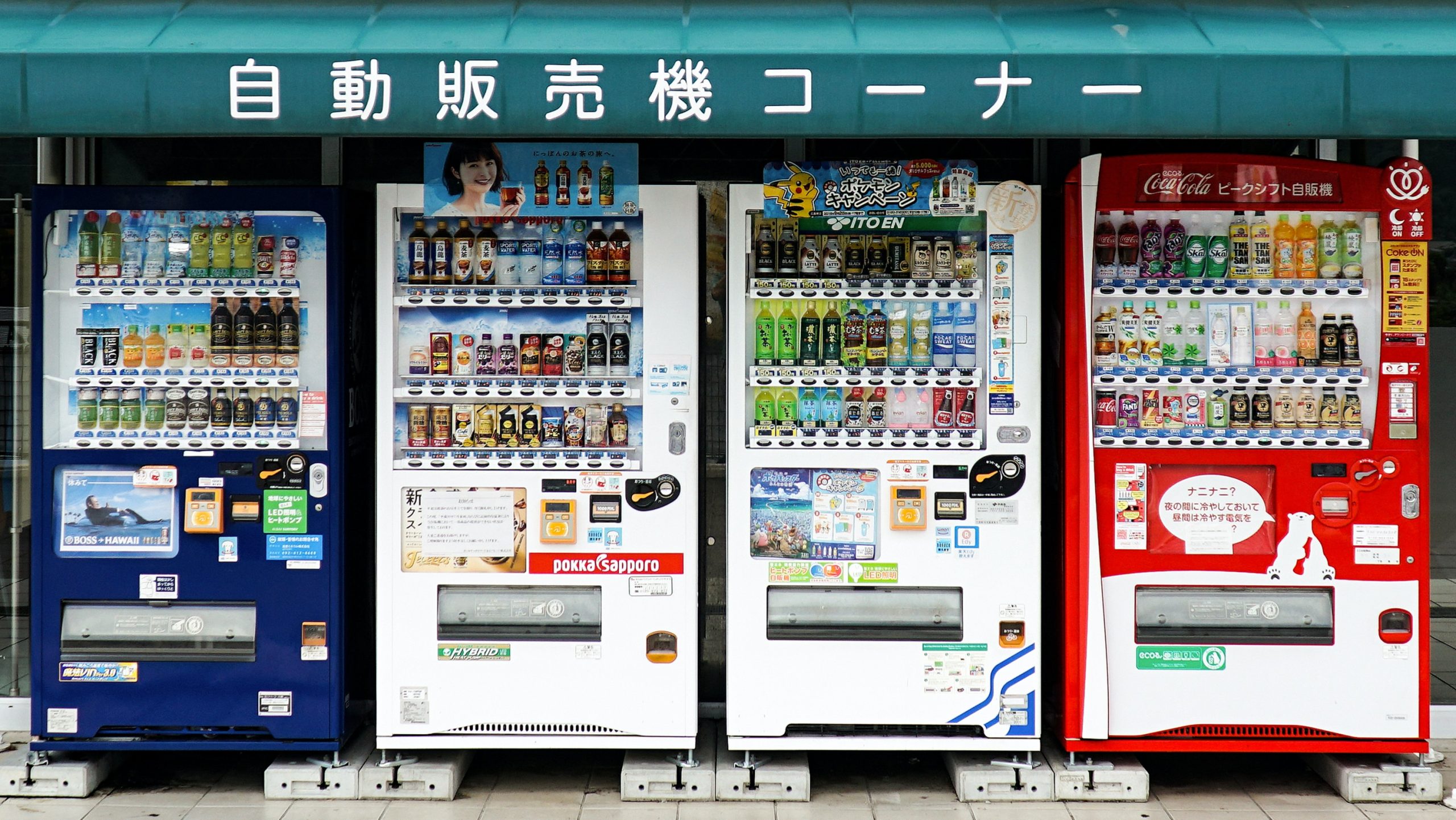
Retail
Elevating Retail Experiences With Innovative Vending Solutions
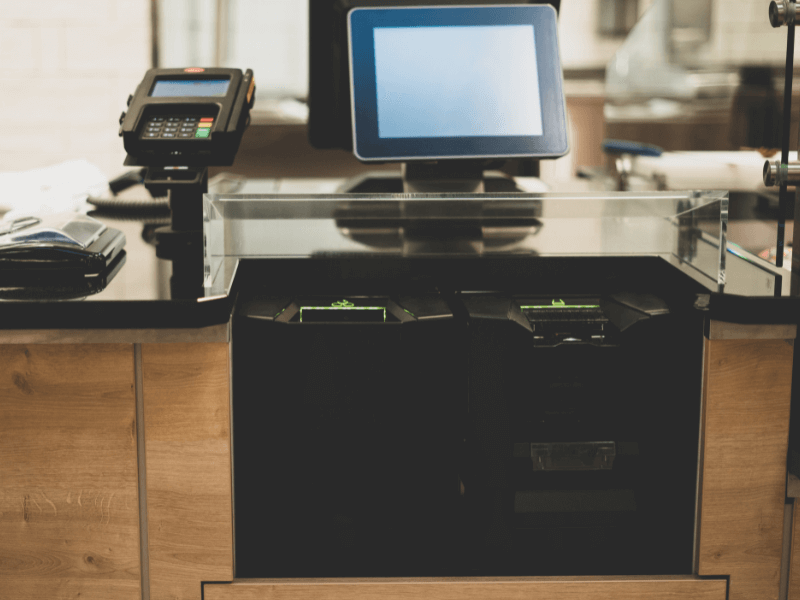
Retail
8 POS Trends Shaping the Future of Retail
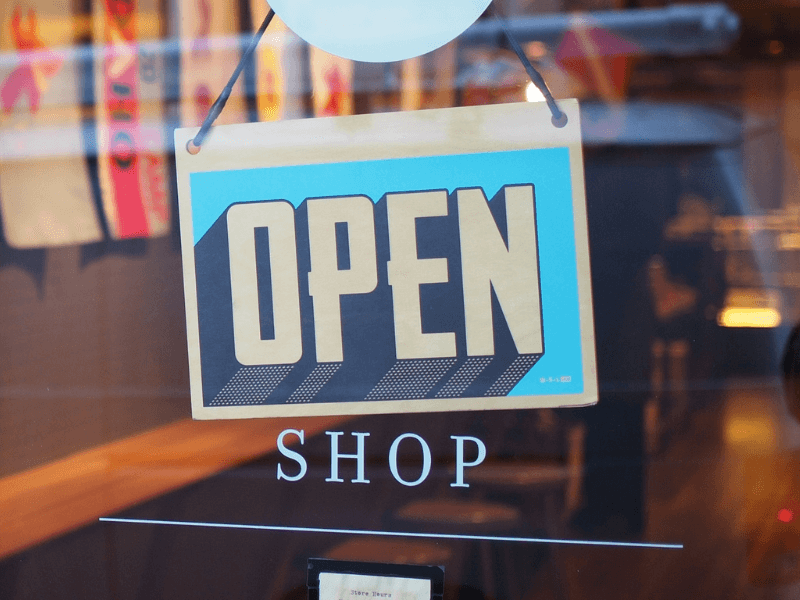
Retail
Navigating the Changing Landscape: Harnessing Retail Checkout Solutions and Innovative Tech for Success
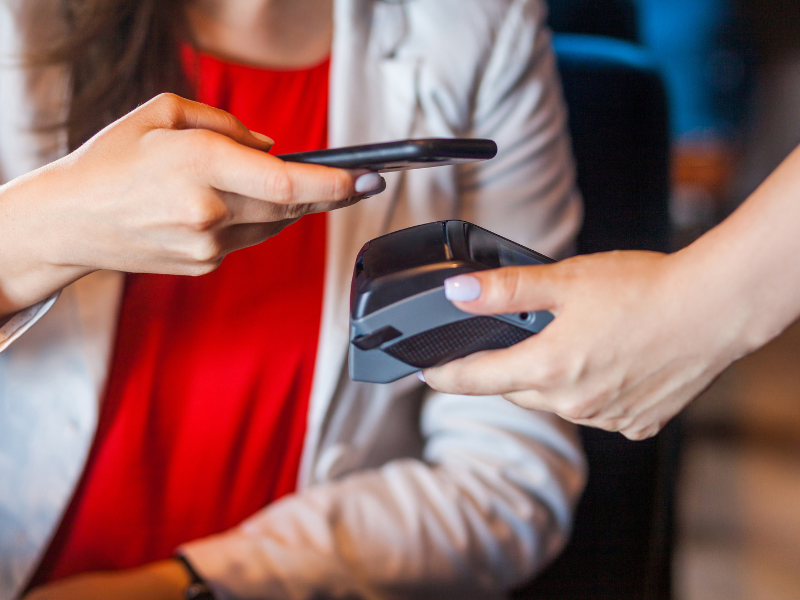
Retail
Retail Scale Solutions: How Data & Analytics Are The Key to Unlocking Success

How Can Retailers Avoid Loss with Self-Checkout Kiosks
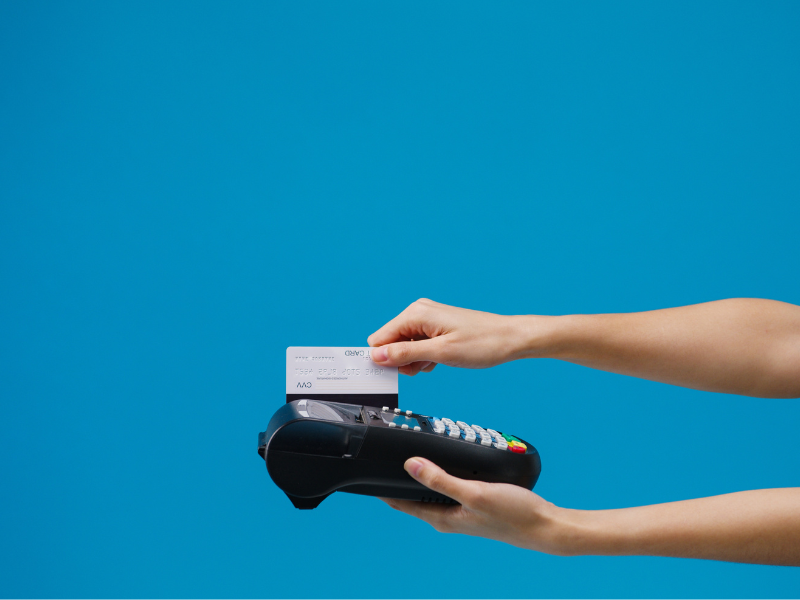
Retail
What Is Frictionless Shopping?

Retail
Navigating the Retail Labor Crisis: 7 Strategies for Overcoming Staffing Challenges
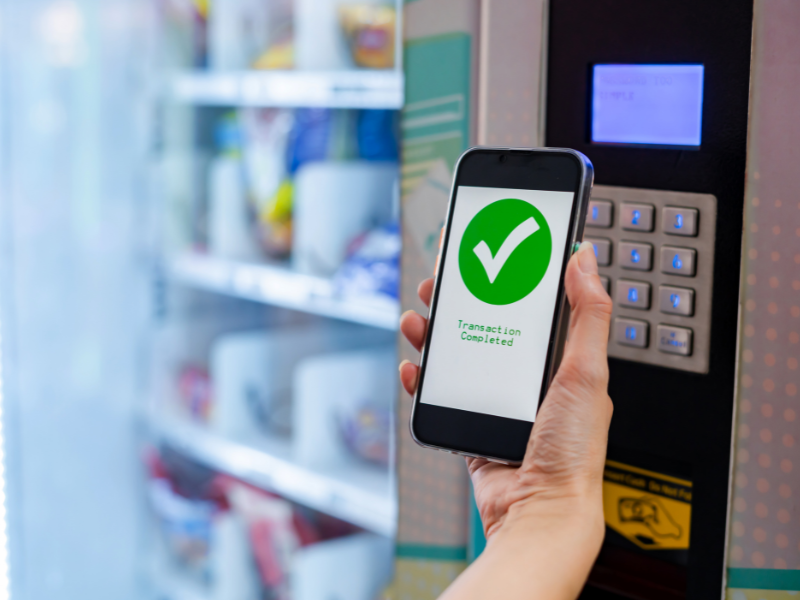
Retail
The Need for Smart Vending Machines

Retail
10 Factors Contributing to Massive Retail Shrinkage
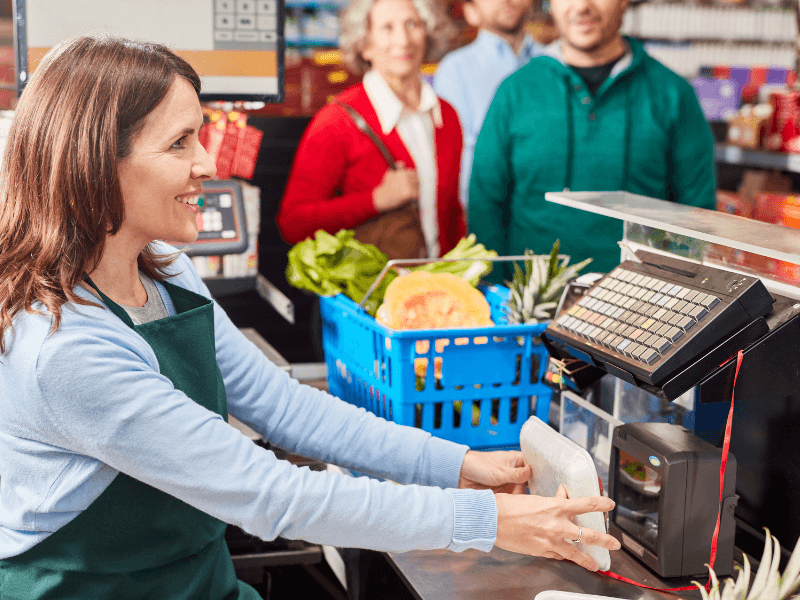
Retail
Why Retail Barcode Scanners are a Must-Have Technology
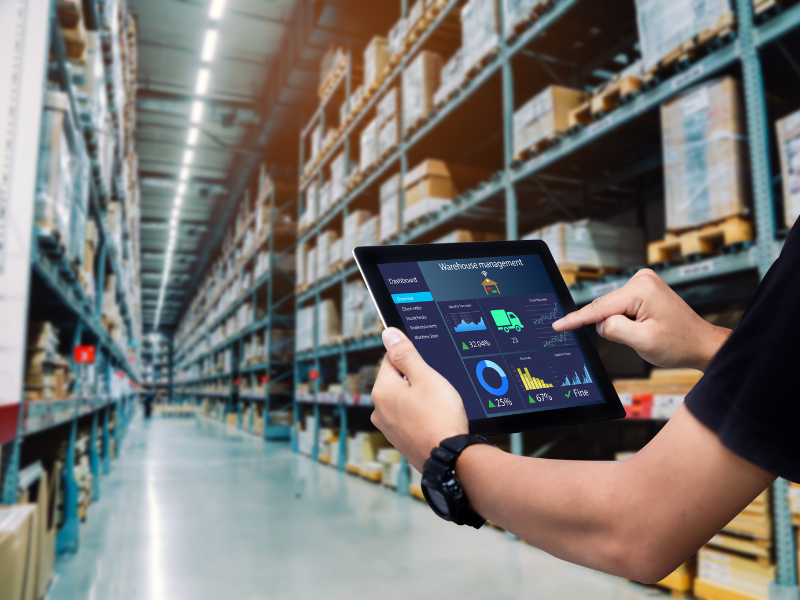
Retail
Tips for Creating Engaging and Effective Retail Displays Using Smart Shelf Weight Sensors
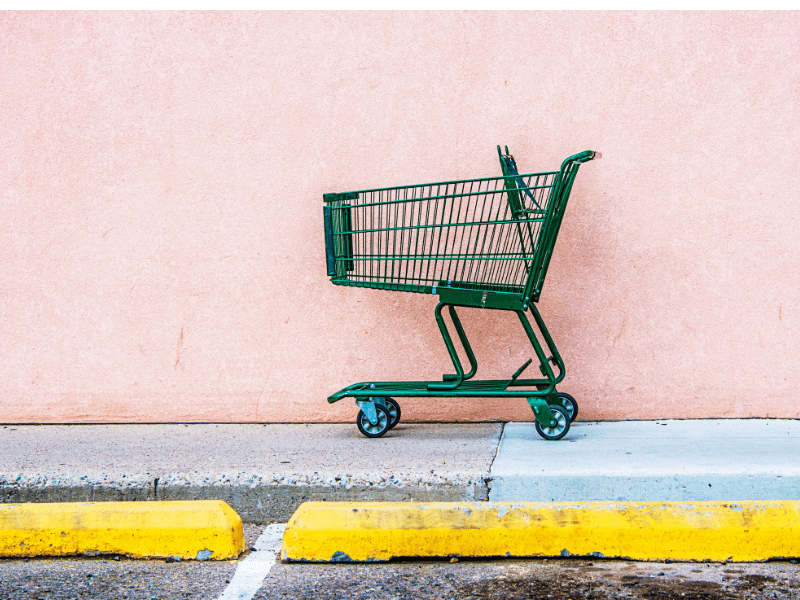
Retail
How Does Shopping Cart Abandonment Affect Retailers?

Retail
How Retailers Can Prepare for the Autonomous Shopping Revolution
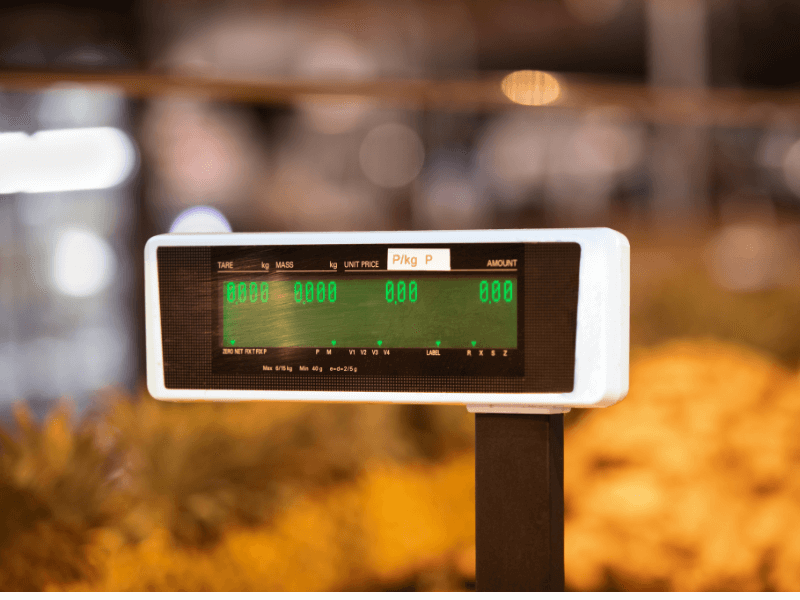
Retail
The Impact of eCommerce on Traditional Retail: Challenges and Opportunities With Retail Scales
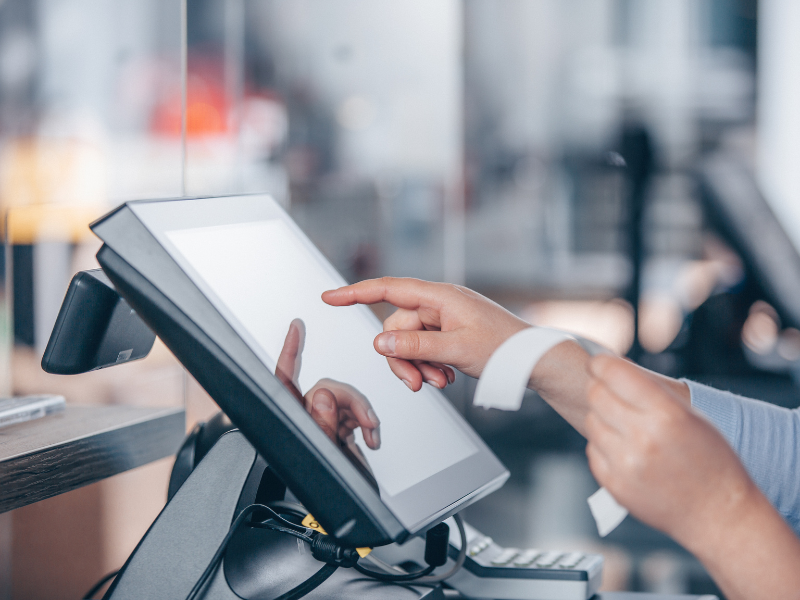
Retail
How Smart Checkout Machines Can Help You to Understand Your Customers

Retail
The Power of Personalized Product Recommendations On Your Brick-and-Mortar Sales
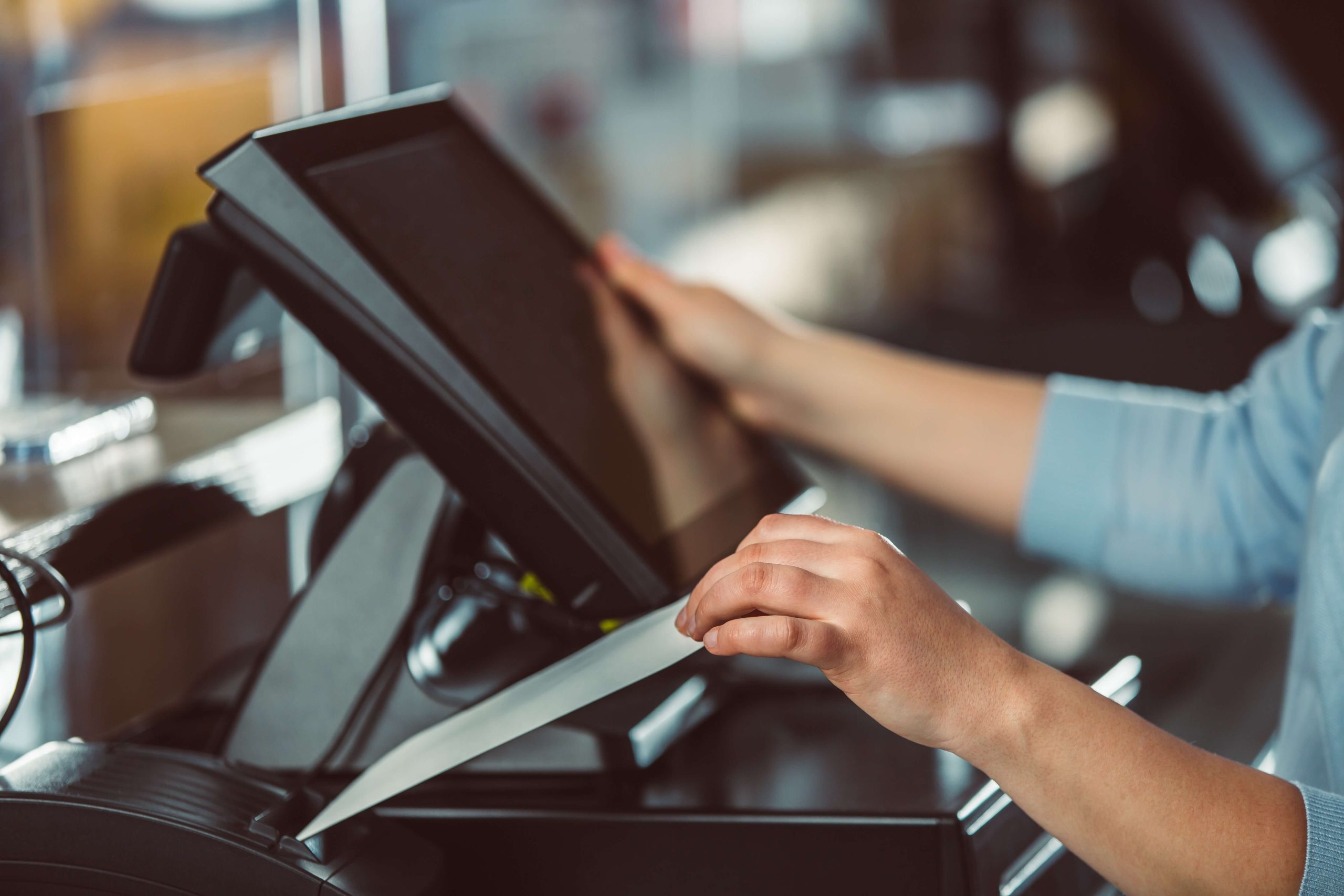
Retail
Smart Checkout vs. Traditional Checkout Scale: Which is Better for Your Business
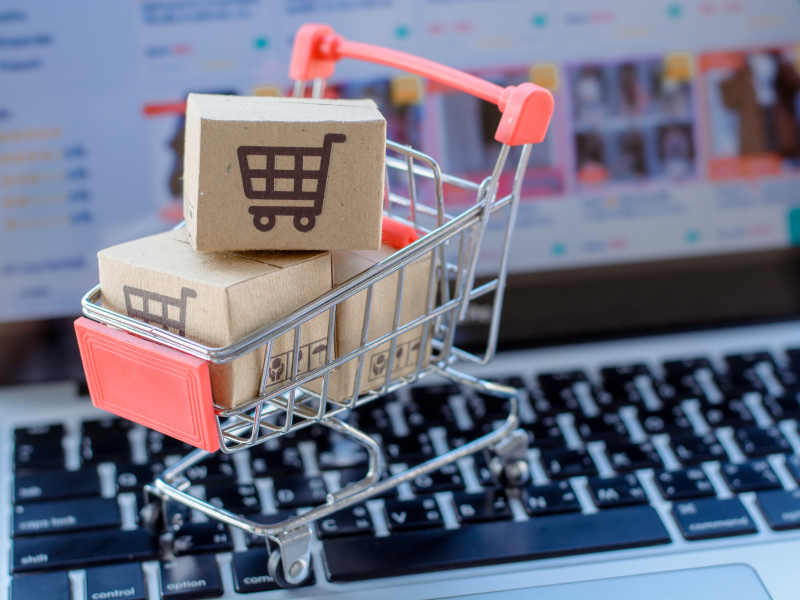
Retail
Revolutionizing Frictionless Shopping: The Successful Integration of Innovative Retail Tech
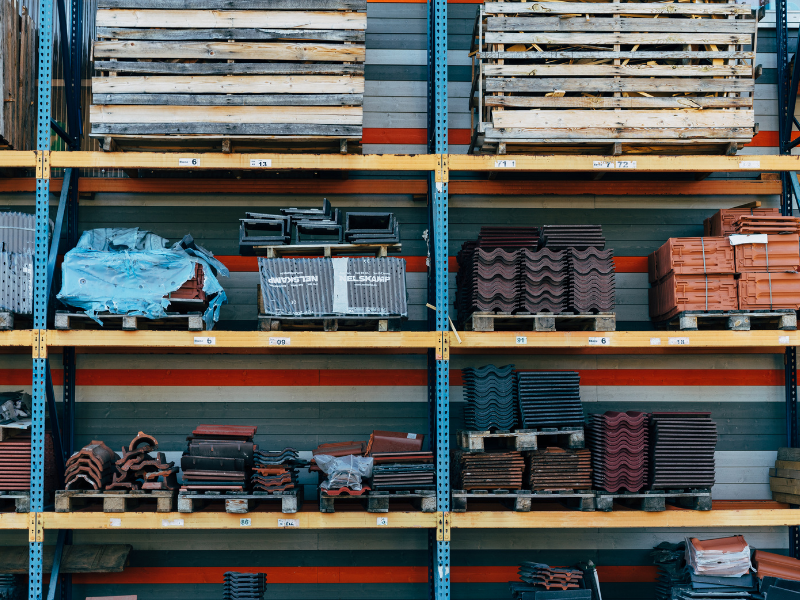
Shelving Goes Smart: How IoT Is Transforming The Retail Industry
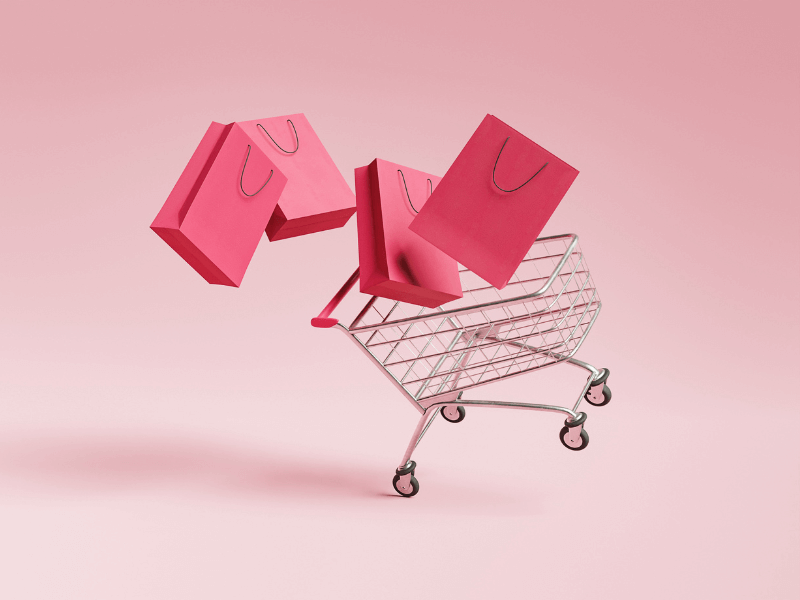
Retail
How Smart Retail Shopping Carts Can Improve Supply Chain Visibility and Efficiency

Retail
Smart Shelf Weight Sensor: Leveraging Data Analytics for B2B Retail Success
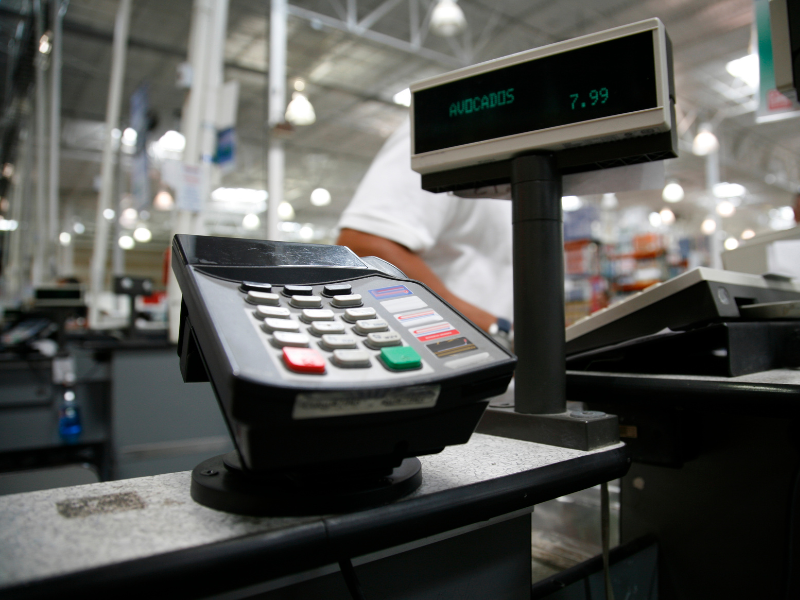
Retail
Mastering the Implementation of Smart Checkout: Overcoming 5 Challenges
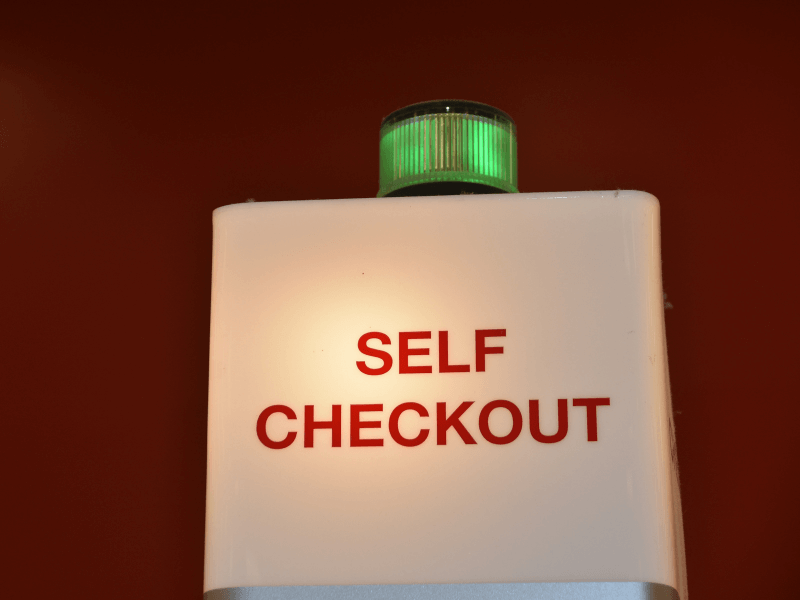
Retail
How Smart Self-Checkout Machines Will Revolutionize Your Sales Data & Customer Behavior Tracking
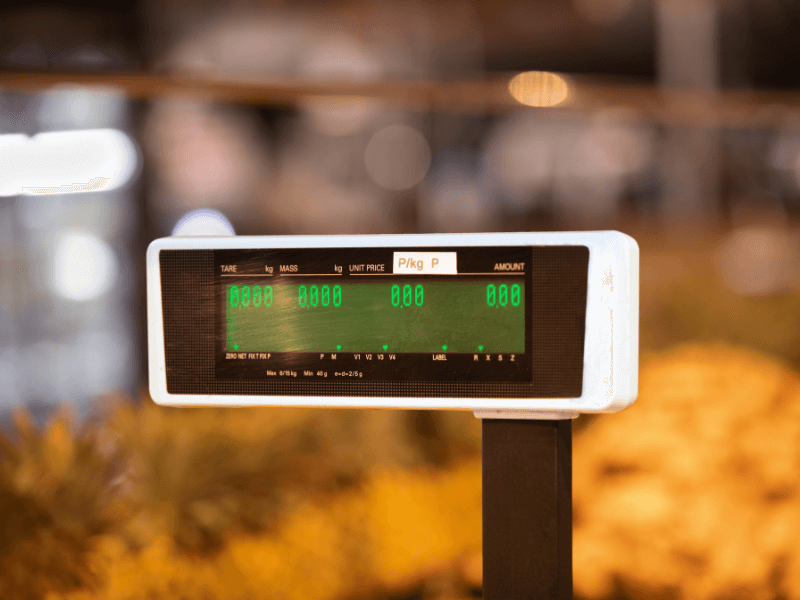
Retail
10 Benefits of Buying a Retail Scale for Your Business
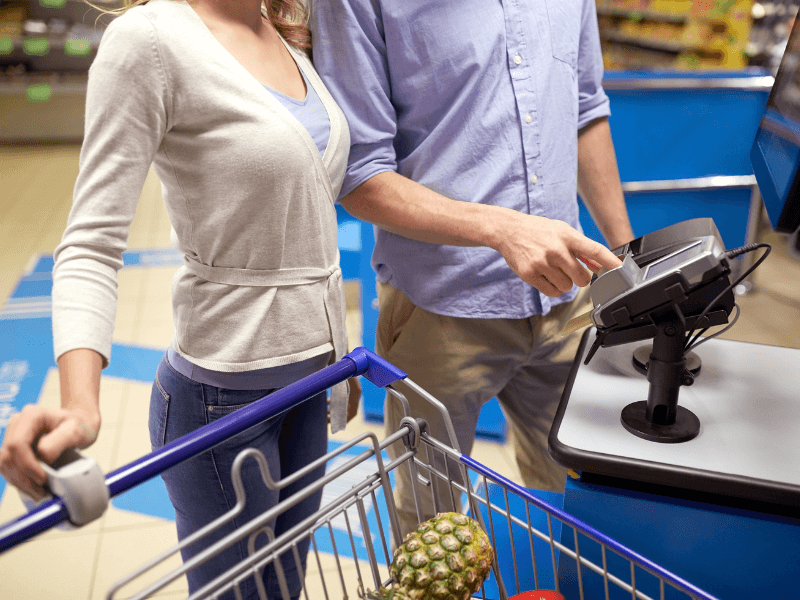
Retail
How to Implement Smart Checkout in Your Retail Business
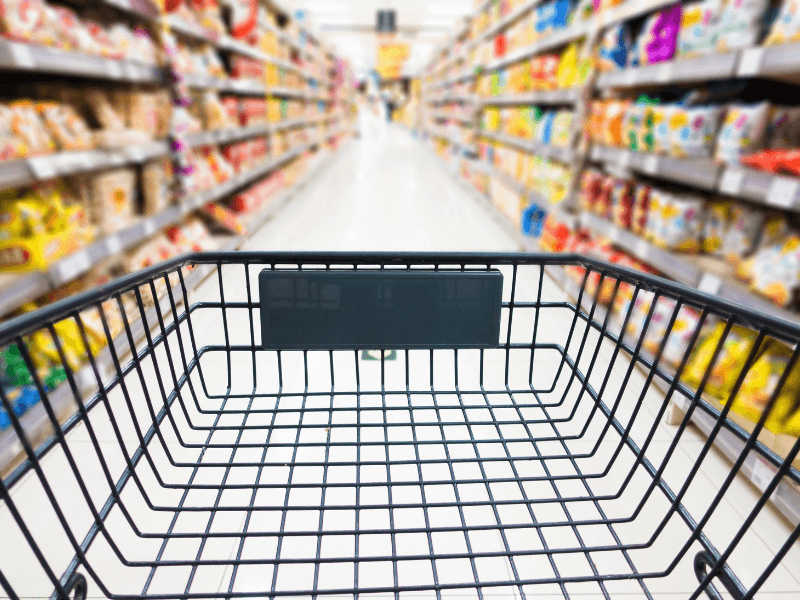
Retail
How Smart Shopping Cart Technology is Changing the Way We Shop
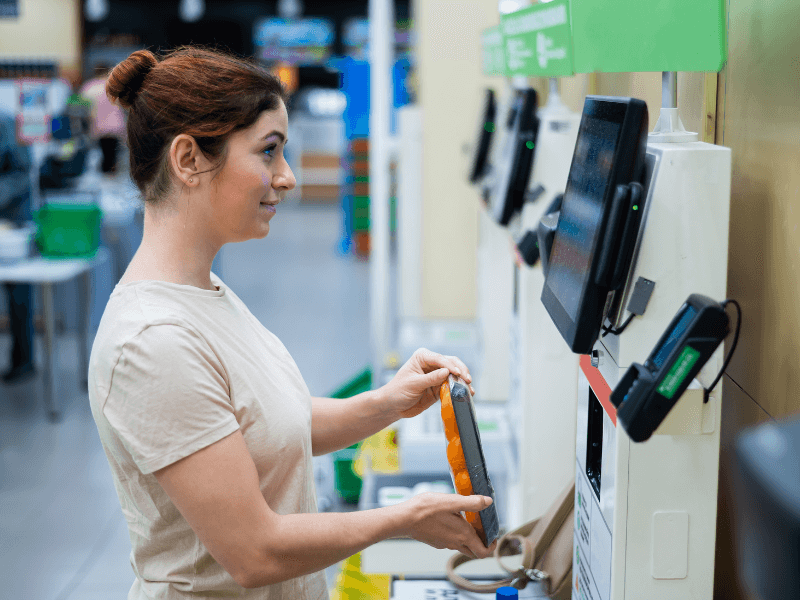
Retail
What is Autonomous Shopping?
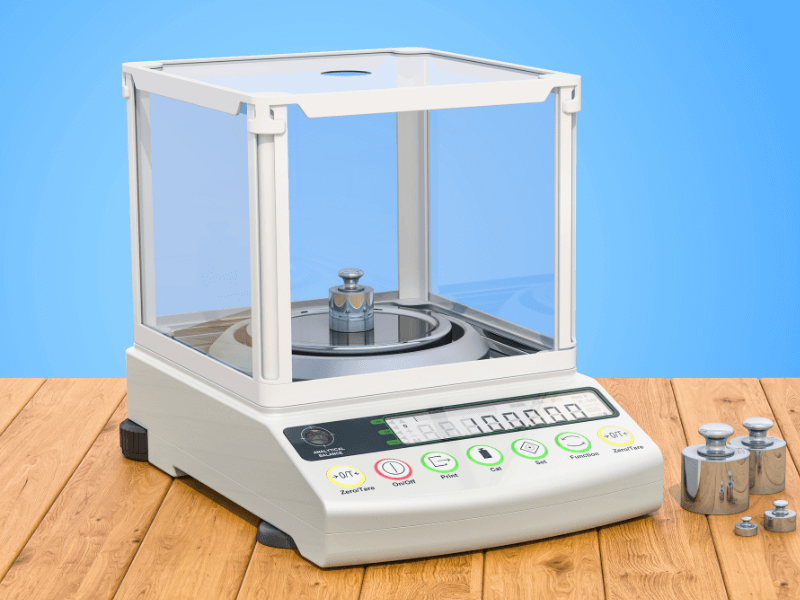
Industrial
How to Choose an Industrial Weight Scale for Your Business
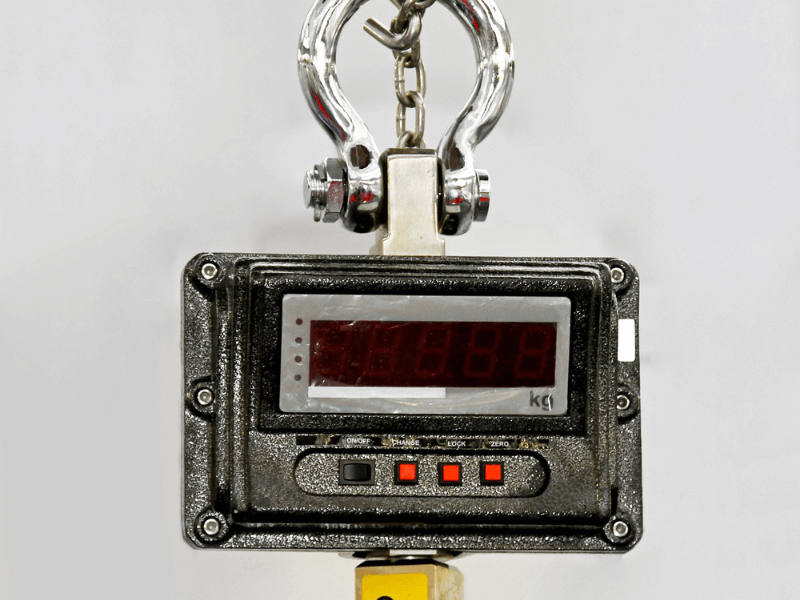
Industrial
Why Your Business Needs a Digital Weighing Scale





